In 1983, TSR began their descent into self-censorship that reached its height in 1989, when demons and devils were expelled from AD&D 2e (1989). But the first act in this drama seemed fairly innocuous: TSR asked Jeff Easley, who had followed Larry Elmore to TSR around early 1982, to redo the covers of their existing AD&D 1e rulebooks.
The Easley AD&D 1e Hardcovers (1977-1988)
Easley would produce new covers for four of the five existing rulebooks, ignoring only Fiend Folio (1981), and then would also illustrate the remaining eight hardcovers in the AD&D 1e line. The new covers were obviously more accessible for the mass-market, as they didn’t have the roughness of Dave Sutherland’s work, the dark realism of Dave Trampier’s work, or the 60s radicalism of Earl Otus’ work. Perhaps more importantly, they better represented the fantasy books that were then growing increasingly popular at B. Dalton’s and Waldenbooks—but perhaps not the D&D game as it had existed up to that point.
Not all of Easley’s covers have been homaged, and none of them have been homaged extensively. That’s susprising, since some of his pieces are quite powerful, with his Dungeon Masters Guide (1979, 1983) and Unearthed Arcana (1985) typically being the best remembered.
AD&D 1e Players Handbook (1978, 1983)
One of Easley’s earliest pieces, for the ninth printing of the Players Handbook (1983) hasn’t been homaged, but it was itself a reference to the Ringlerun Good Wizard action figure (1983) released by LJN that same year. TSR actually did the concept art for these figures, so it’s likely that Easley supplied a sketch for LJN before painting the Players Handbook: the artwork for the figure is almost identical and Easley has said he doesn’t use other peoples’ art for reference. (But we don’t know.)
Since the LJN figures were TSR’s earliest iconics, they appeared in several other places, including a few adventure modules, most notably AC1: The Shady Dragon Inn (1983) and XL1: Quest for the Heartstone (1984) and a slew of coloring books and comics, including The Rescue of Ringlerun (1983). He made a recent return in The Wild Beyond the Witchlight (2021), and his posture has still barely changed from Easley’s original!
AD&D 1e Dungeon Masters Guide (1979, 1983)
Easley’s Dungeon Masters Guide cover has a name: “Abandon Hope.” It showed up starting with the eighth printing (1983) of the GUide. It was also used exactly in a few contemporary products, the REF1: Dungeon Master’s Screen (1985) and the licensed First Quest: The Music (1985).
This is one of Easley’s most powerful and evocative pieces. The fact that it’s only been minimally homaged suggested how much of a discrepancy there is between the nostalgia for the books produced before 1983 and those produced afterward. The earliest homage was the “Dungeon Master” card that was awarded to four of the first “Heroes of the Realms” for Magic: The Gathering (2016). The only other two homages identified to date have both been for comics: Rick & Morty vs Dungeons & Dragons #3 (December 2018) and Imaginomicon: Into The Woods #1 (2023), which actually had four D&D homage covers, but the other three were for D&D 5e. Delightfully, two of the homages mix up Easley’s grim Dungeon Master with the one from the D&D cartoon.
Not quite a homage, but there’s also a suspiciously similar dungeon master in black & white: this piece for the BECMI Basic Rules (1983) appears to be by Easley as well.
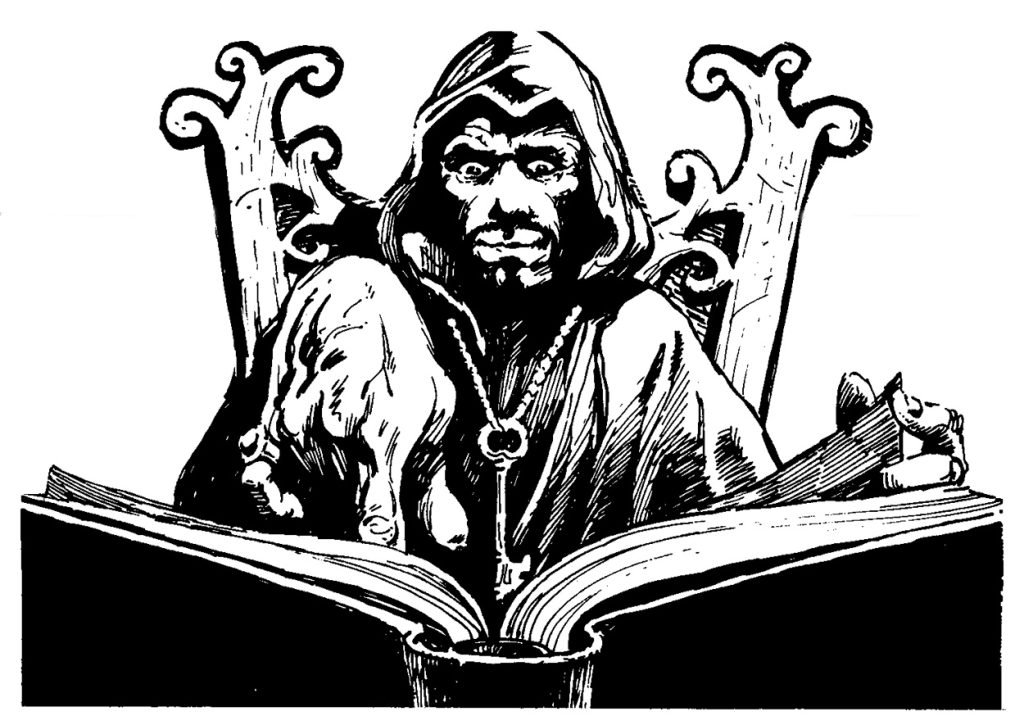
There are often fan art homages not included in these articles, but Mark Molchan’s homage of Easley’s Dungeon Master deserves notice. That’s not just because it’s good quality (though it is), but also because it’s been used as the cover of an unofficial collection of “The Dungeon Master Experience” articles by Chris Perkins.
AD&D 1e Unearthed Arcana (1985)
“Last Spell,” the cover of Unearthed Arcana (1985) is another striking piece where it’s shocking that there aren’t more homages. Wizards led the way with their more minimalist Unearthed Arcana cover for D&D 3e (2004), then reused the original for their premium Unearthed Arcana reprint (2013), matching the style of the three core AD&D 1e reprints of the era.
Meanwhile, there’s a Knights of the Dinner Table parody as the cover for issue #191 (September 2012) while Jeff Easley himself reimagined Gary Gygax as the wizard for the cover of Michael Witwer’s Empire of Imagination (2015)
AD&D 1e Manual of the Planes (1987)
Jeff Easley’s cover for the Manual of the Planes (1987) is called “Astral Encounter,” and it was somewhat mysterious because of the strange critter pictured therein. In a Q&A for Dragon #142 (February 1989), Manual of the Planes author Jeff Grubb finally revealed its name: the astral dreadnought, a creature he’d mentioned a few years earlier in another Dragon column. It was at last statted up for Planescape Monstrous Compendium Appendix II (1995) and has appeared more recently in a few planar handbooks.
The homages tend to focus exclusively on the astral dreadnought, and not other cover elements, but they’re clearly derivative of Easley’s original version. There’s one for the D&D 4e Manual of the Planes (2008) and another for Mordenkain Presents Monsters of the Multiverse (2022).
The cacodemon in Doom (1993) is also widely thought to be lifted from the astral dreadnought design.
The Easley AD&D 2e Hardcovers (1989-1996)
Compared to the AD&D 1e era, which saw 13 hardcovers with 17 different cover illustrations, the AD&D 2e era saw 12 hardcovers with 14 different cover illustrations. They were: two differently set printings of the Player’s Handbook (1989, 1995) and Dungeon Master’s Guide (1989, 1995), plus Forgotten Realms Adventures (1990), Legends & Lore (1990) Tome of Magic (1991), Monstrous Manual (1993), Book of Artifacts (1993), Player’s Option: Combat & Tactics (1995), Dungeon Master Option: High-Level Campaigns (1995), Player’s Option: Skill & Powers (1995), Player’s Option: Spells & Magic (1996), and Campaign Option: Council of Wyrms Setting (1999). A few of the books also had their covers reset to match the new black-box of the unofficial AD&D 2.5e update. The total number ended up being about the same for both editions, but publication was more erratic in the AD&D 2e era, in part due to the publication of numerous “premium” paperback series and boxes (which made hardcovers less necessary) and in part due to TSR’s near-bankruptcy in 1997.
Again, Jeff Easley stepped up to illustrate most of these, with just three exceptions, two of them campaign books rather than core rules: the Forgotten Realms Adventures cover was by Clyde Caldwell, the Book of Artifacts cover was by Fred Fields, and the Council of Wyrms cover was by Brom. The rest follow:
Even more so than his AD&D 1e work, Easley’s AD&D 2e covers have not been much homaged, with most of the homages actually coming from a single comic! However, the first three core books were also (probably) referential.
AD&D 2e Players Handbook (1989)
The cover for the AD&D 2e Players Handbook is called “The Charge,” and history fans know it’s an homage to the woodgrain edition of OD&D (1974), which itself was a swipe from Strange Tales #167 (April 1968). Except, Easley said he didn’t think he’d ever seen the OD&D art and that he didn’t use references anyway. One has to guess that someone described the original OD&D cover to him, and he then offered his own take.
A more recent homage comes from Bill & Ted Roll the Dice #1 (2022). Over four issues, the comic homaged the first four of Easley’s AD&D 2e hardcovers.
Easley seems to have really liked the pose of a warrior atop a mount with their sword held high, as he repeated it frequently, dating back to at least Oriental Adventures (1985), which had a more unusual riding beast. The Rules Cyclopedia (1991) for Basic D&D and the Dragon Strike (1992) board game both are much more similar to the Players Handbook, offering true variations of the theme.
AD&D 2e Dungeon Master’s Guide (1989)
“Wizard and Dragon,” the artwork that Easley prepared for the AD&D 2e Dungeon Master’s Guide doesn’t have a clear predecessor like the other two core books. The best guess is that’s Ringlerun from the AD&D 1e Players Handbook (1978), moved up from fighting gargoyles to dragons. It’s hard to tell for sure mainly because the style of the two paintings is very different: the AD&D 1e painting was mass-market fantasy, but the AD&D 2e painting is much more stylized.
Bill & Ted Roll the Dice #2 (2022) then continued its sequence of homages.
This was also the artwork that Wizards of the Coast choose to represent AD&D 2e in their Exhibition of Adventure Secret Lair Drop (2024) for Magic The Gathering. They called it “Reality Shift”.
AD&D 2e Legends & Lore (1990)
The Legends & Lore cover is clearly a new incarnation of priests invoking their deities, as originally seen in Erol Otus’ Deities & Demigods (1980) cover, but Easley clearly offers a new take rather than just homaging; of course, Bill & Ted Roll the Dice #3 (2022) offered the actual homage decades later.
There was no core monster manual until the Monstrous Manual (1993), and by then TSR had set the standard of Jeff Easley drawing three monsters for the cover of each Monstrous Compendium, which was carried through to the new volume. The new Player’s Handbook, Dungeon Master’s Guide, and Legends & Lore therefore represented the AD&D 2e core; they were the only volumes that appear to have predecessors that they were recalling.
AD&D 2e Tome of Magic (1991)
However, the fourth of Easley’s AD&D 2e hardcovers, Tome of Magic, also received an homage in Bill & Ted Roll the Dice #4 (2022).
Neither Fish Nor Fowl
A couple of images mix together elements from multiple covers in a meta-homage.
The back cover of Heroes’ Feast (2020) from Ten Speed Press shows someone throwing open arcane doors in the rear just like the Dungeon Master while the Unearthed Arcana wizard reads a book at the table. “King By His Own Hand” (2019) a piece by Charles Urbach that first appeared as a badge Gamehole Con is also fun for its collection of references. Most notably, that’s the Dungeon Master’s cloak and key, but you can also see Elminster’s hat, the glaive from Krull, and who knows what else.
Versioning Notes & Credits
v1.0.3 (6/1/25). Added some variations on the warrior-on-horse motif.
v1.0.2 (5/12/25). Added “Reality Shift” link.
v1.0.1 (5/10/25). Added Heroes Feastbook thanks to Adrian Newman. Added “King By His Own Hand” thanks to Charles Urbach. Added “Dungeon Master” card thanks to Josh Sykes.
v1.0.0. Initial version. Thanks to @trachalio.bsky.social for reminding me about First Quest. Thanks to @whatdoiknowjr.bsky.social for finding the Rick & Morty vs Dungeons & Dragons #3 cover and pointing out Jeff Easley has titles for many of his paintings. (Many are listed on his website.) Thanks to @stuhorvath.com for tracking down Mark Molchan’s DM’s Guide art for me (and telling me about tineye). Finally, thanks to TSR Archive for several of the covers, especially the AD&D 2e hardcovers, where the official cover scans tend to cut off the black line at the spine for the early ones and where the later ones tend to be muddy messes.

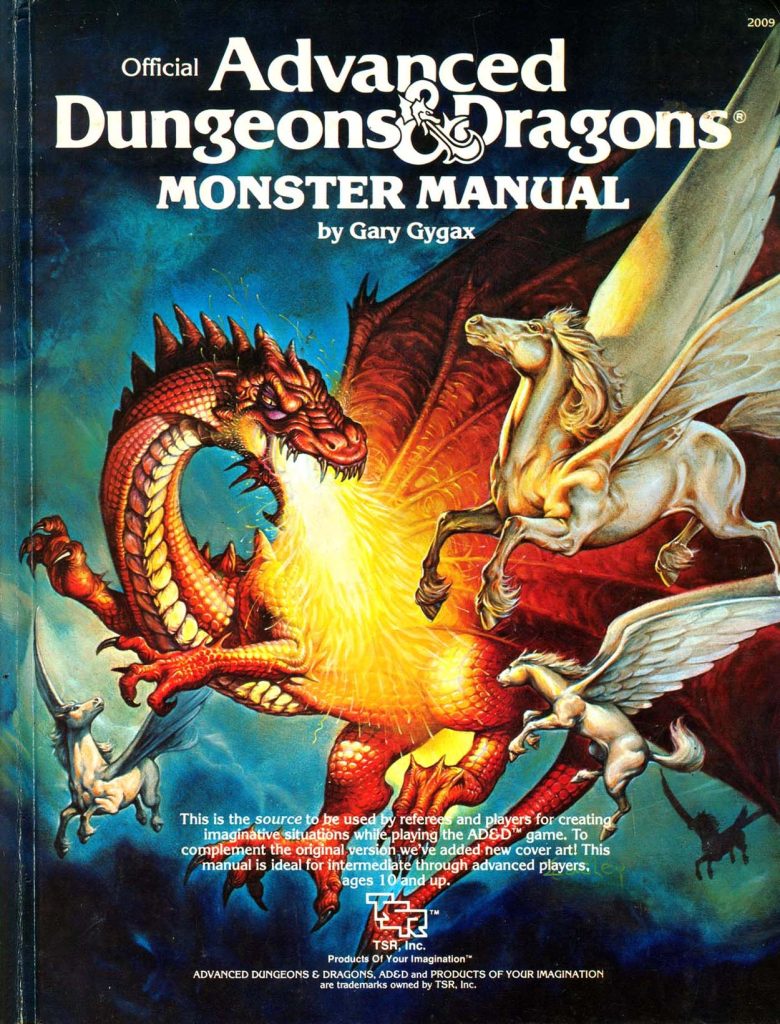
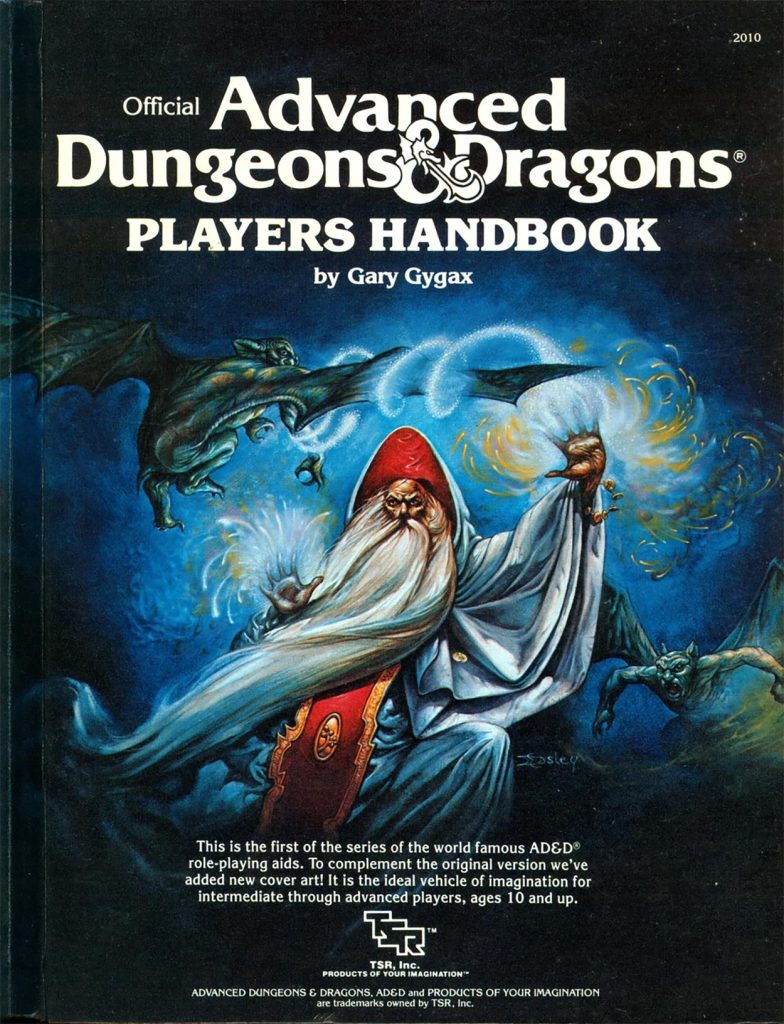
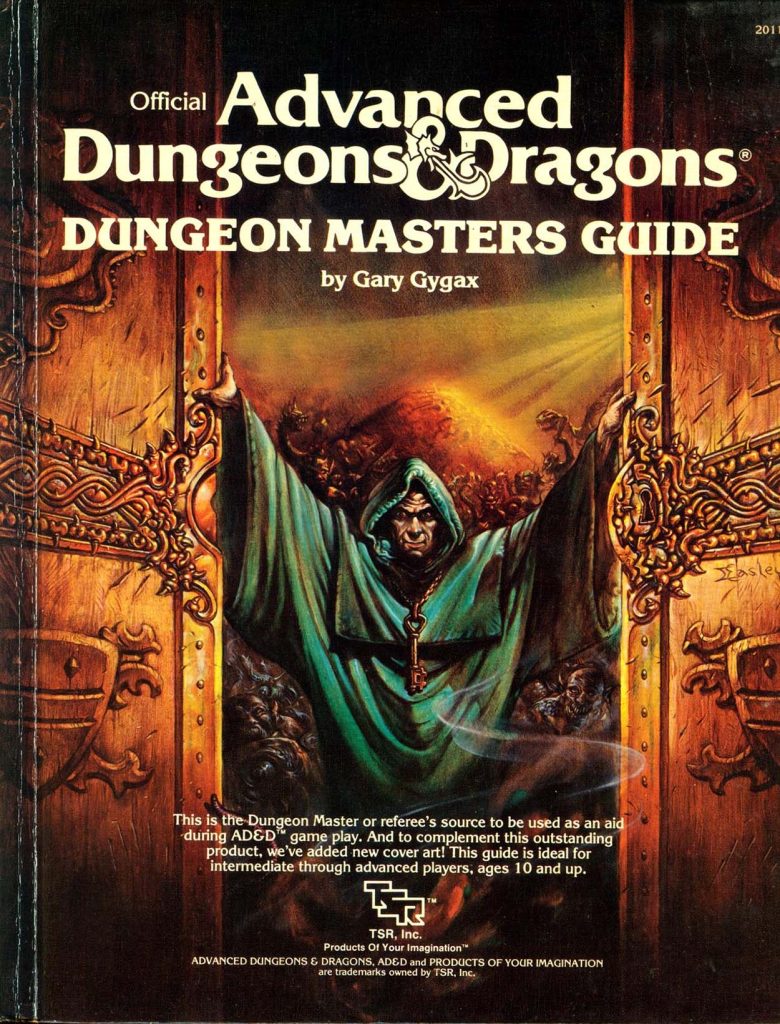
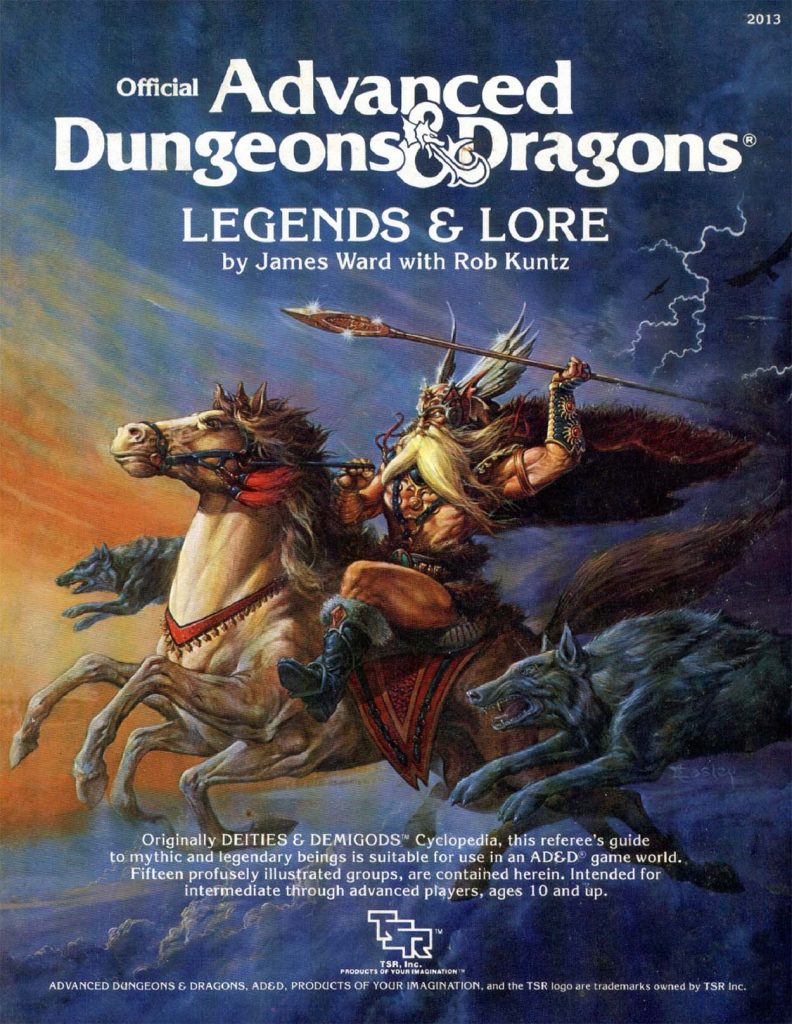
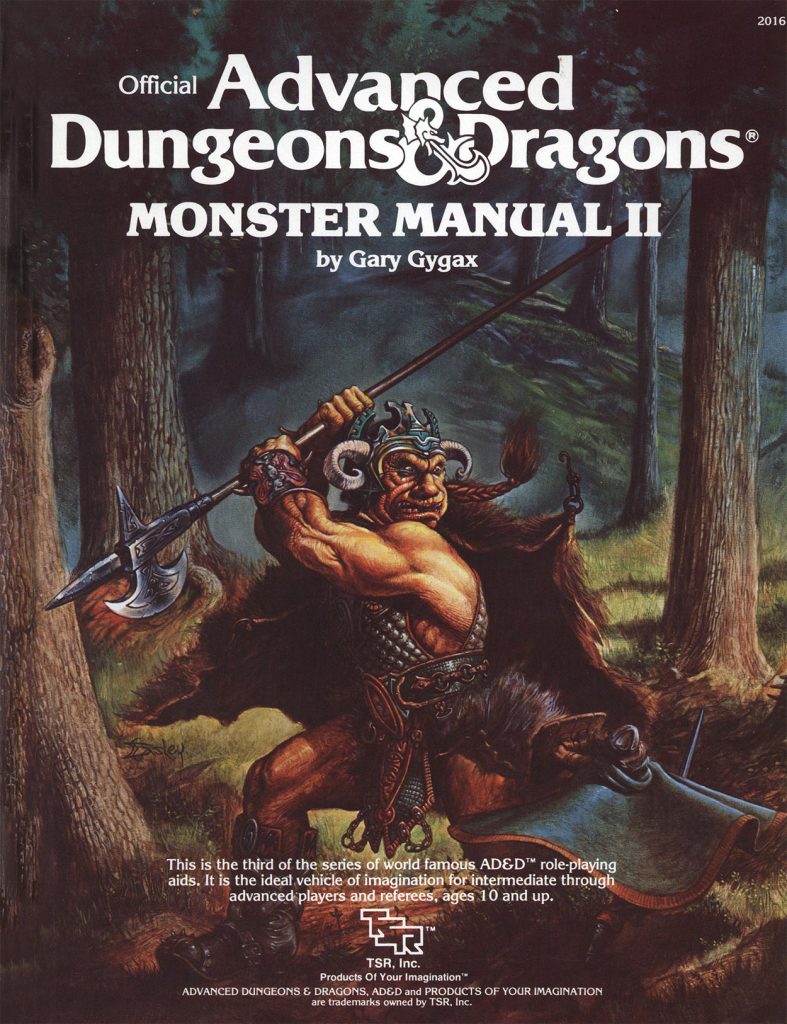
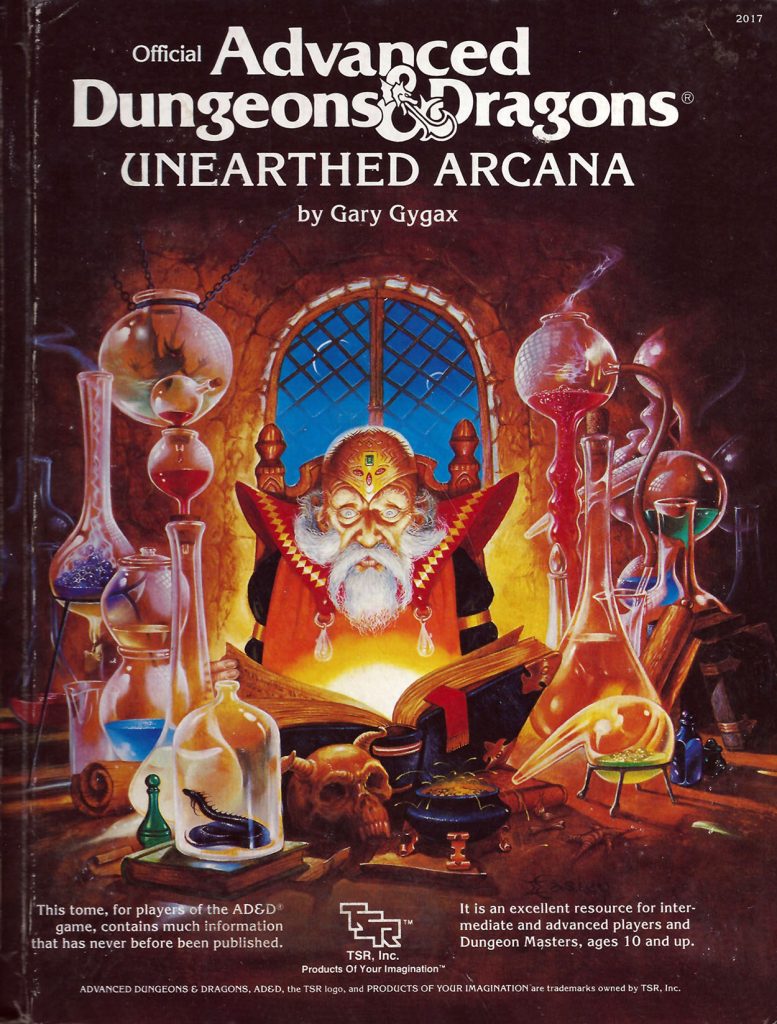
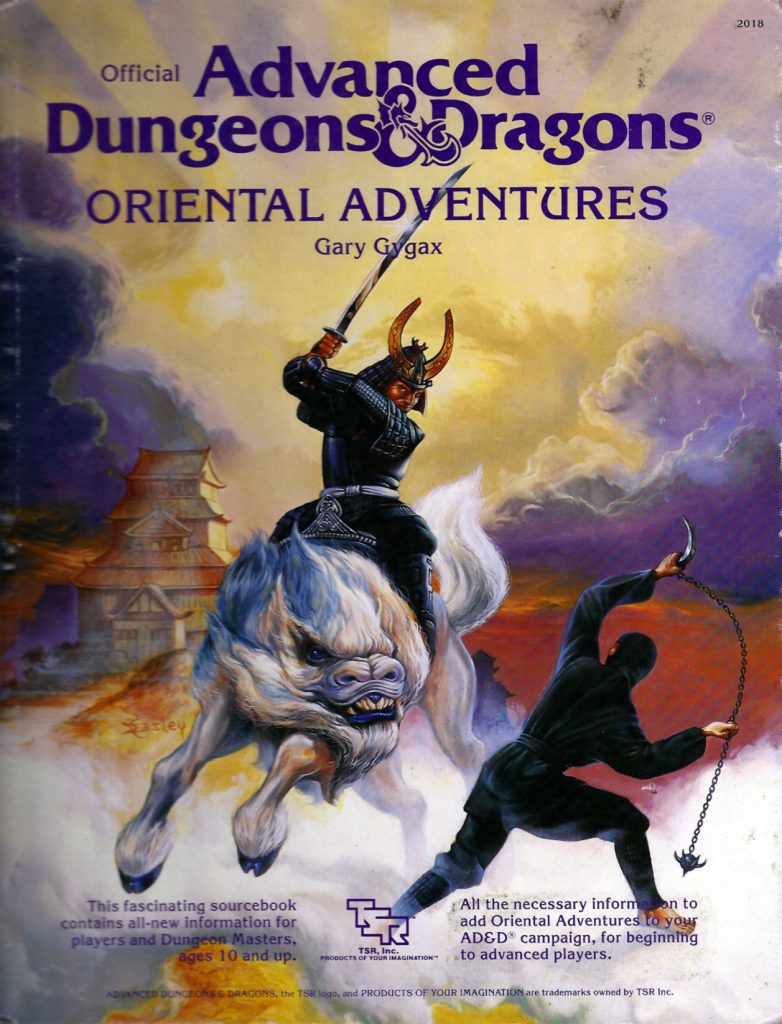

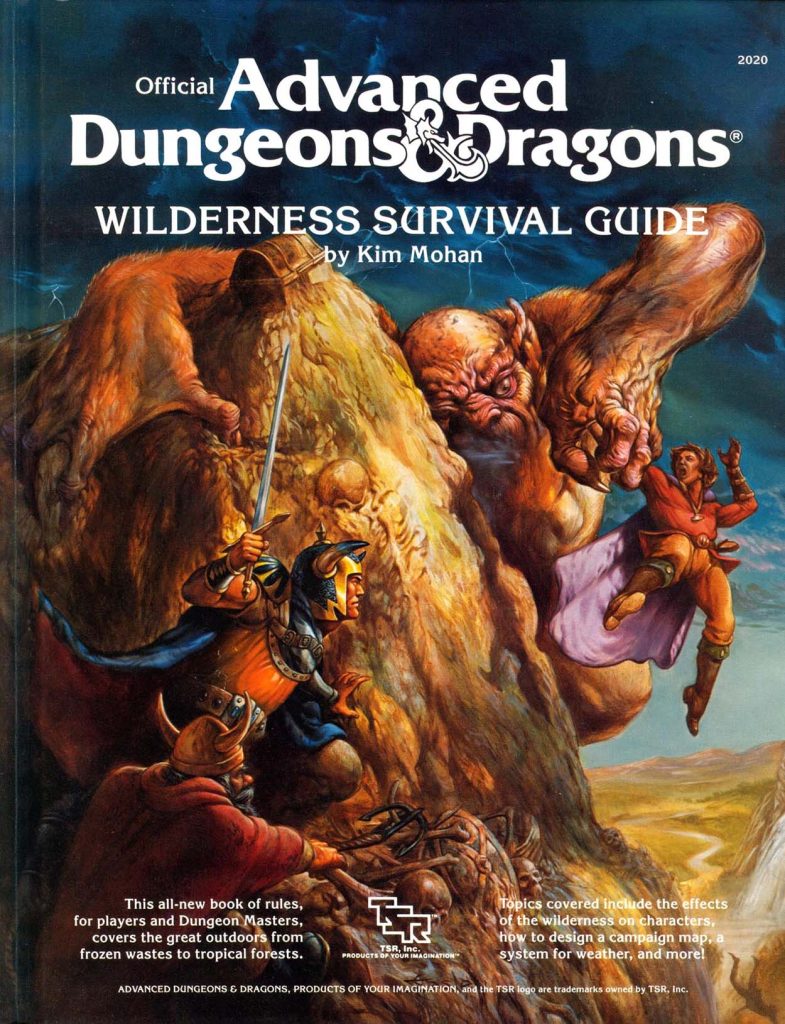

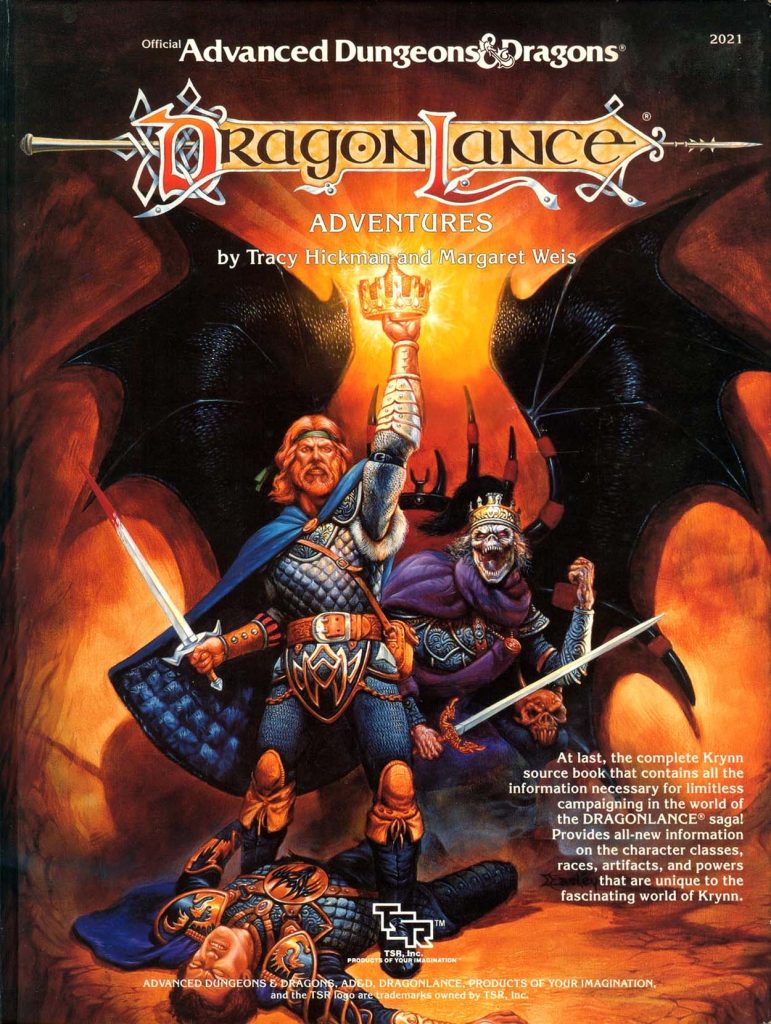

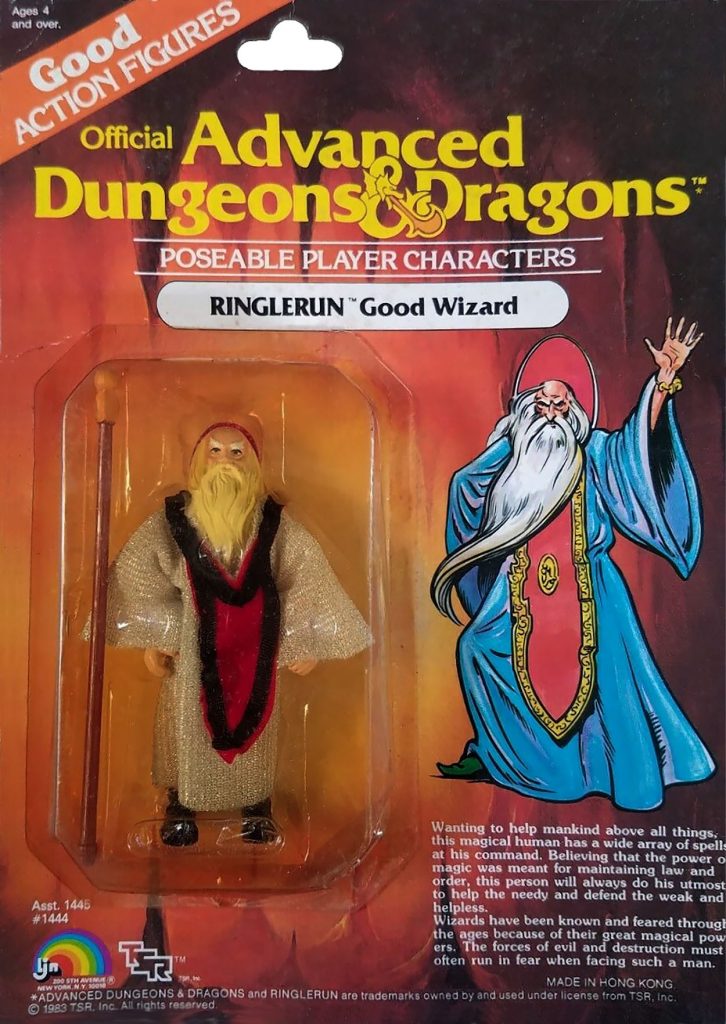

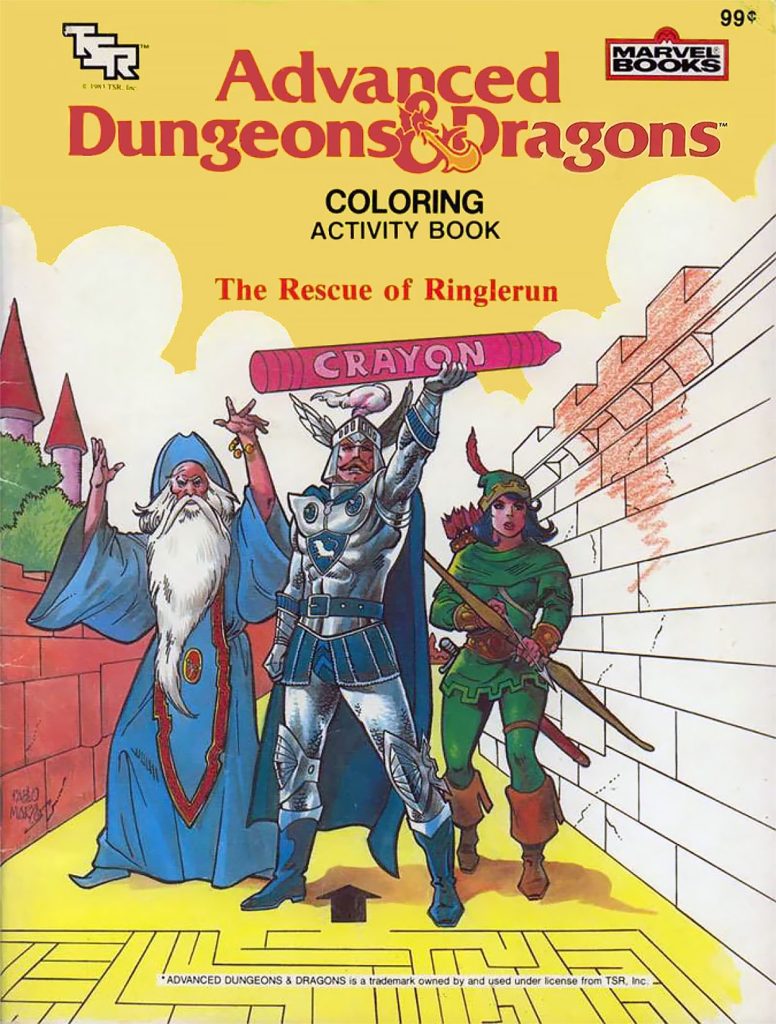
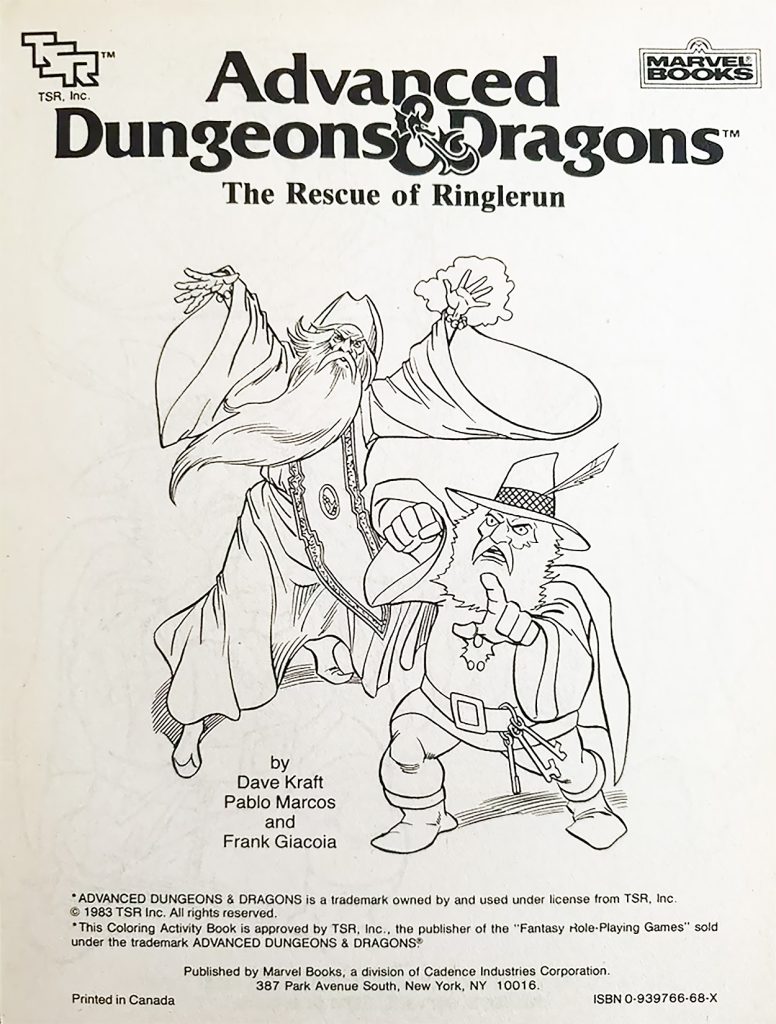
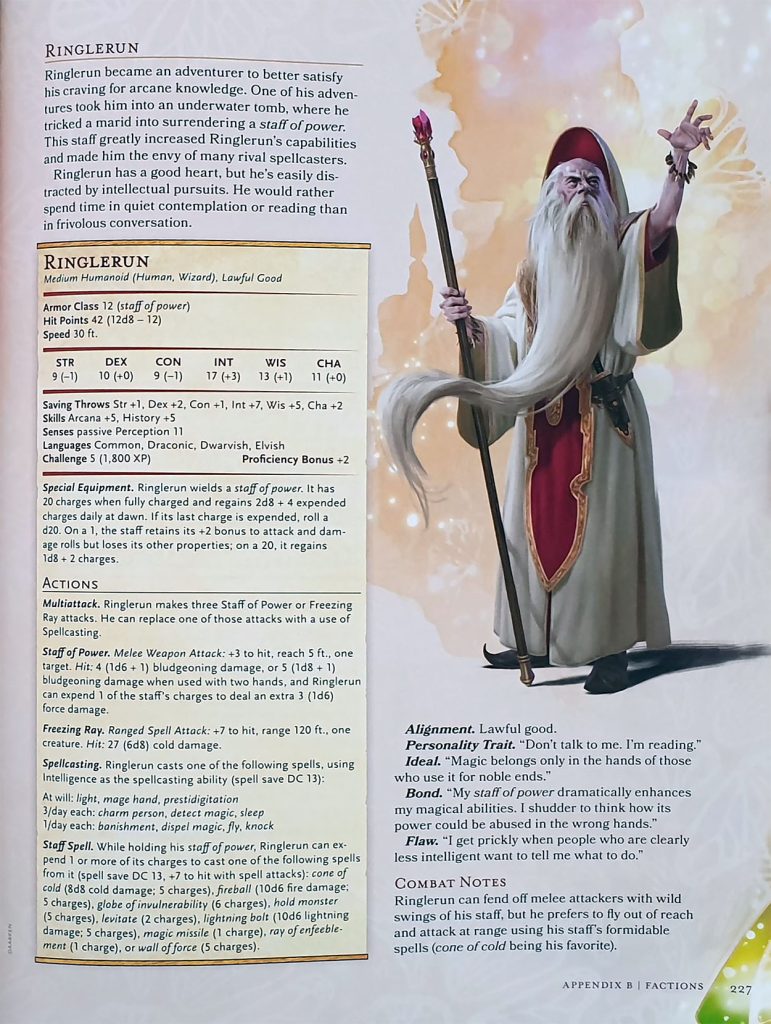
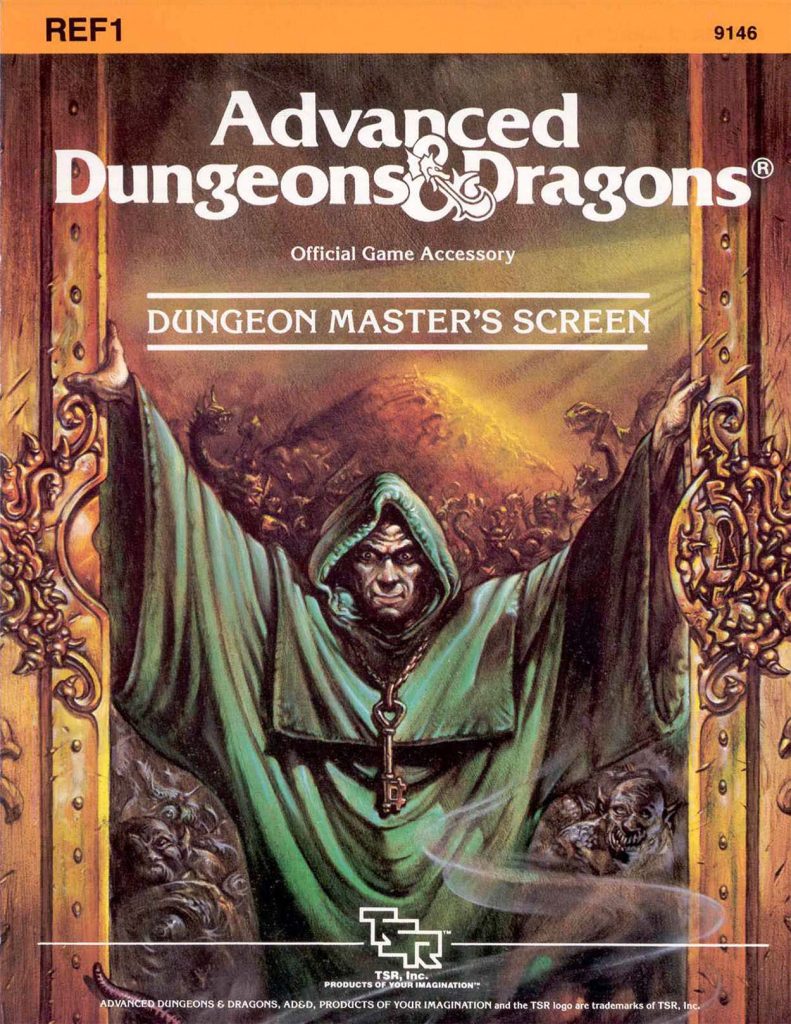
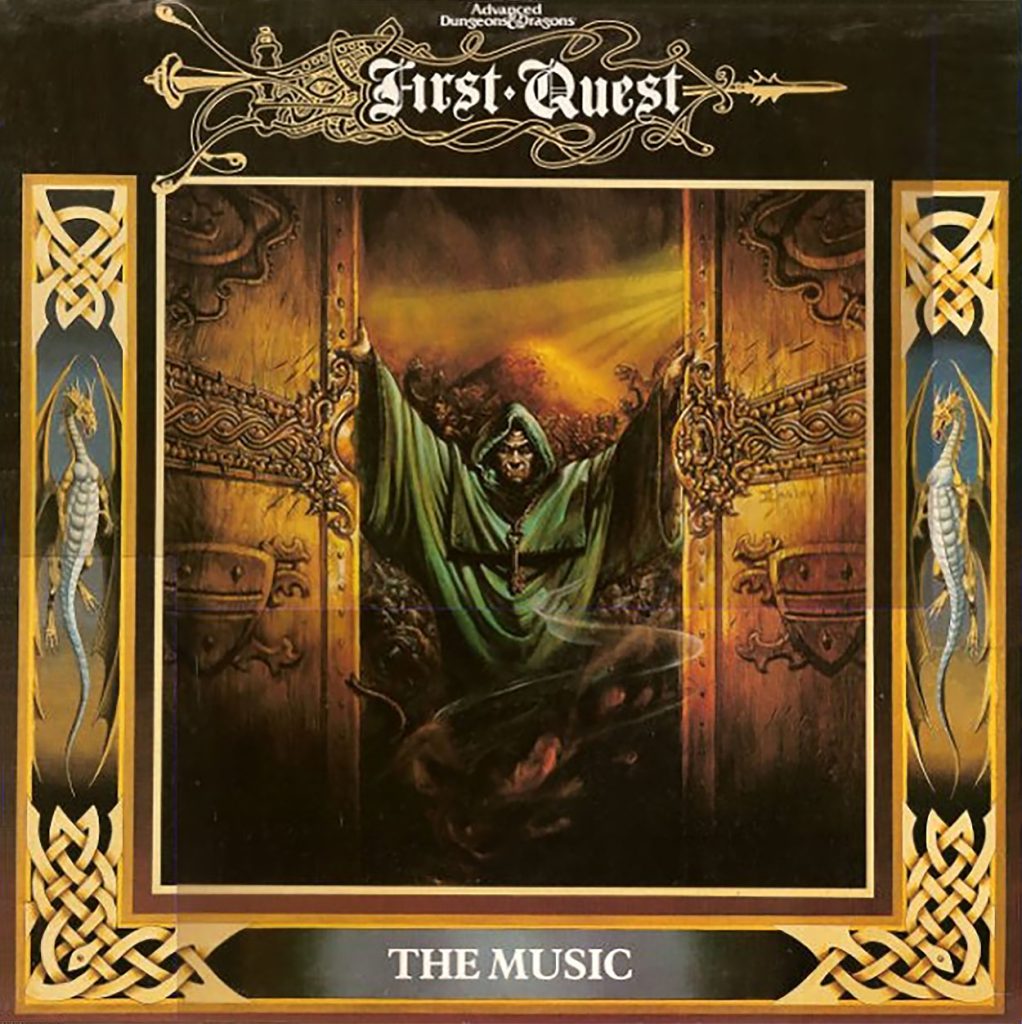
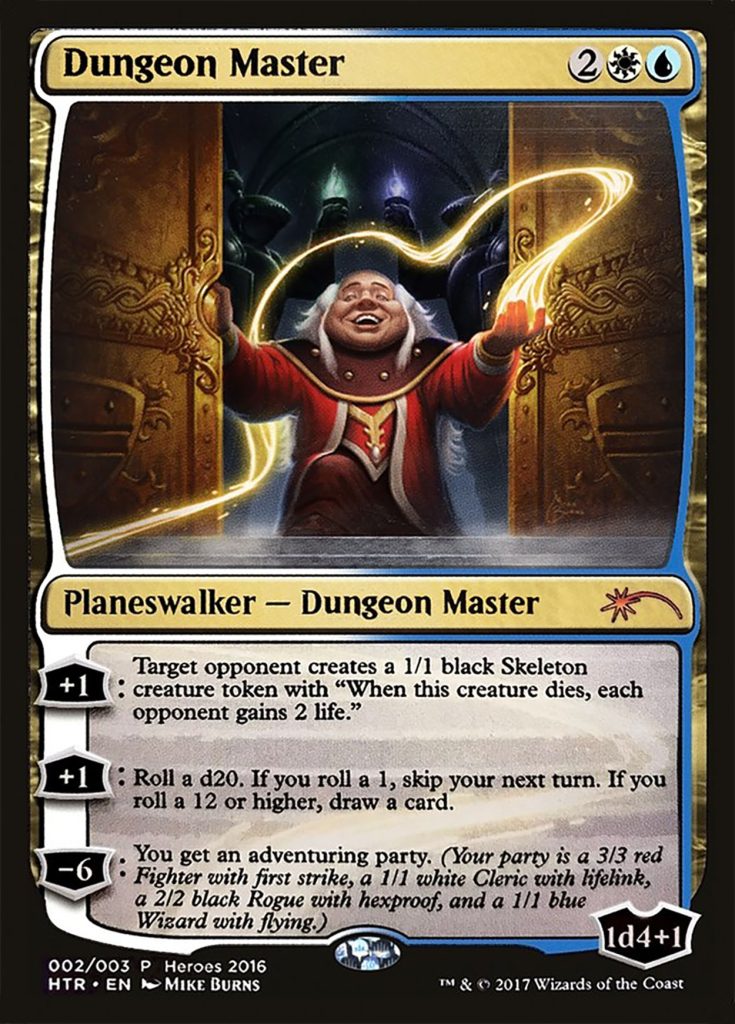
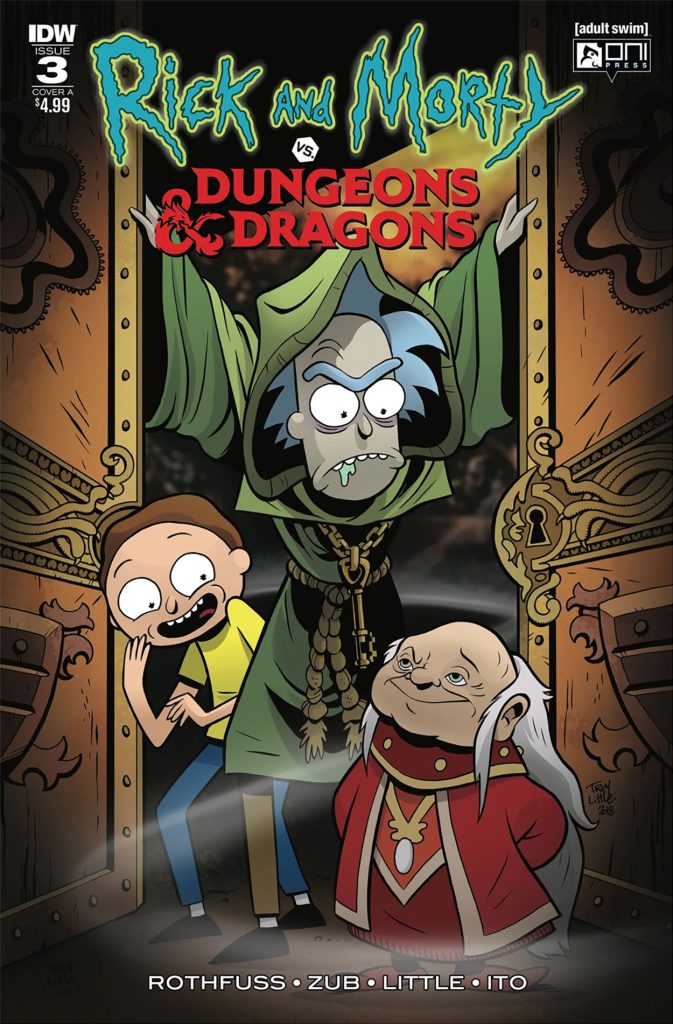
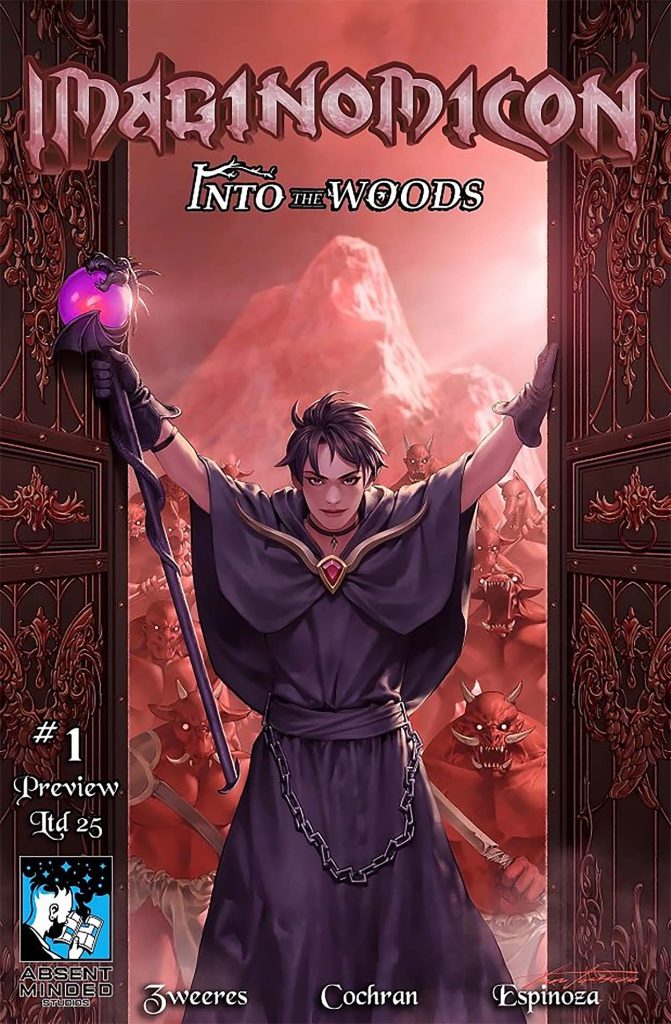
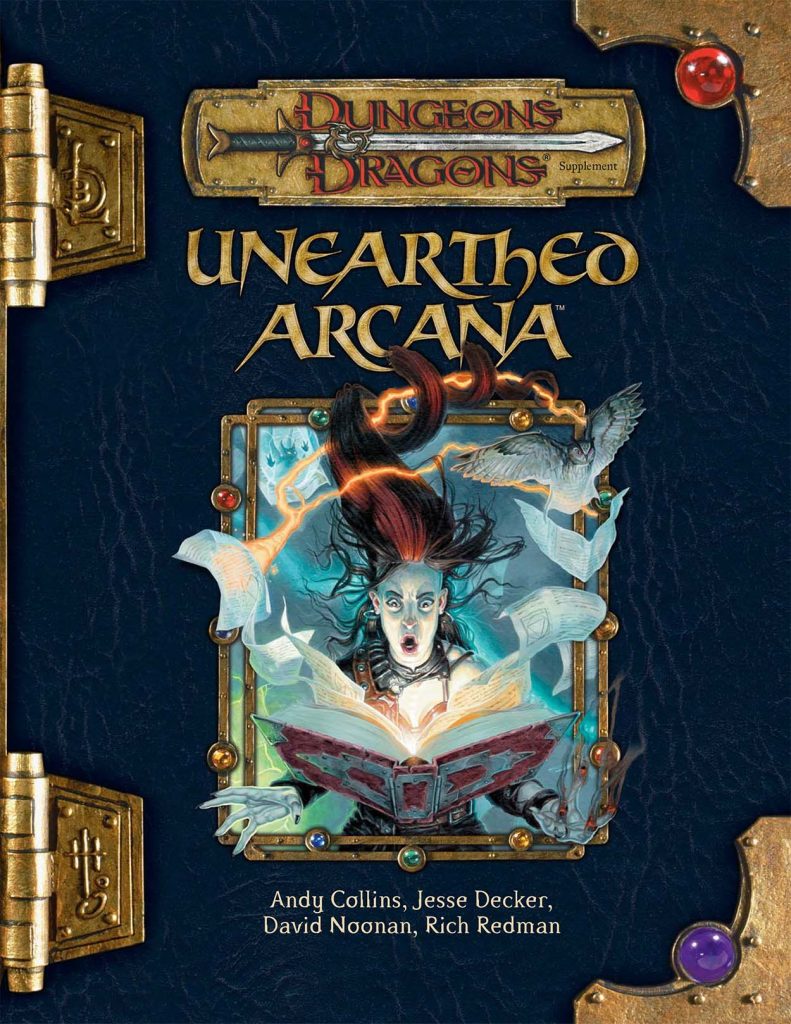
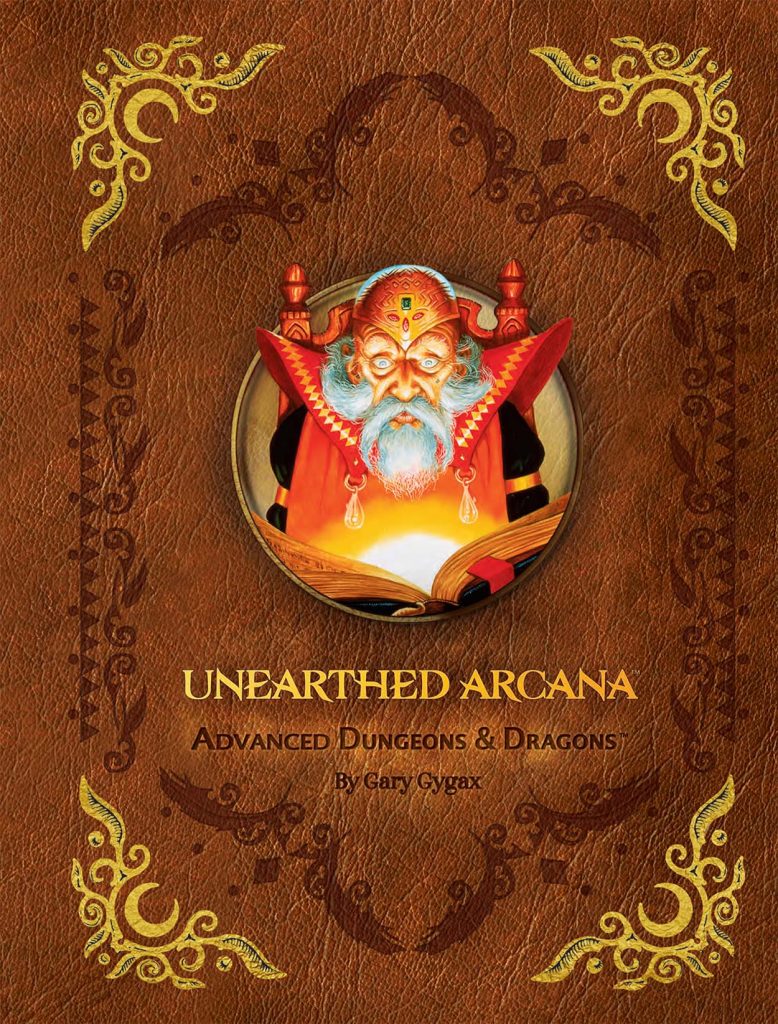
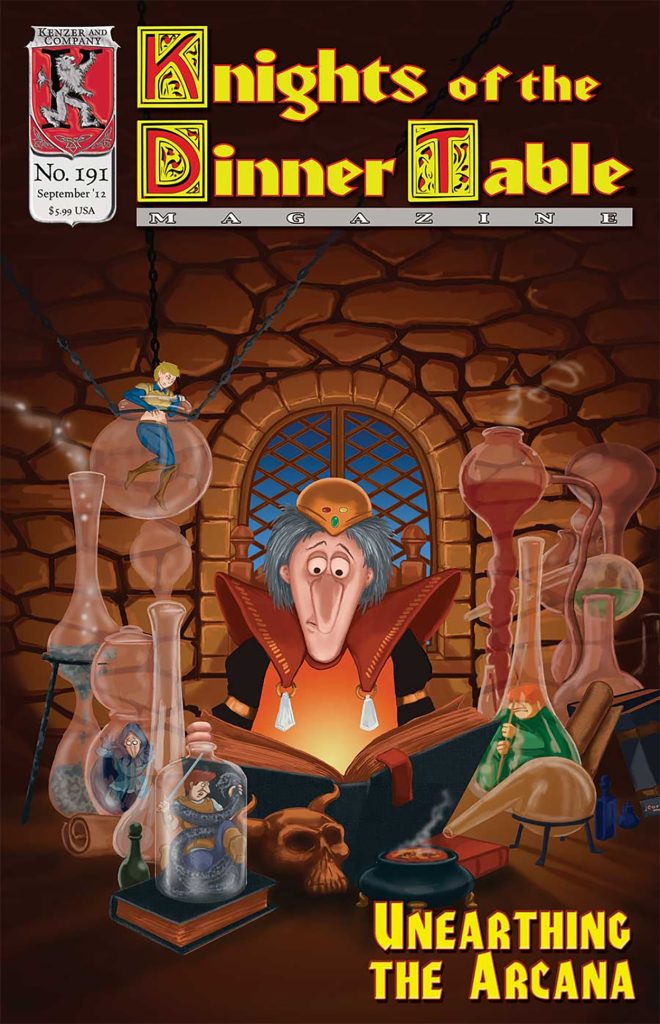

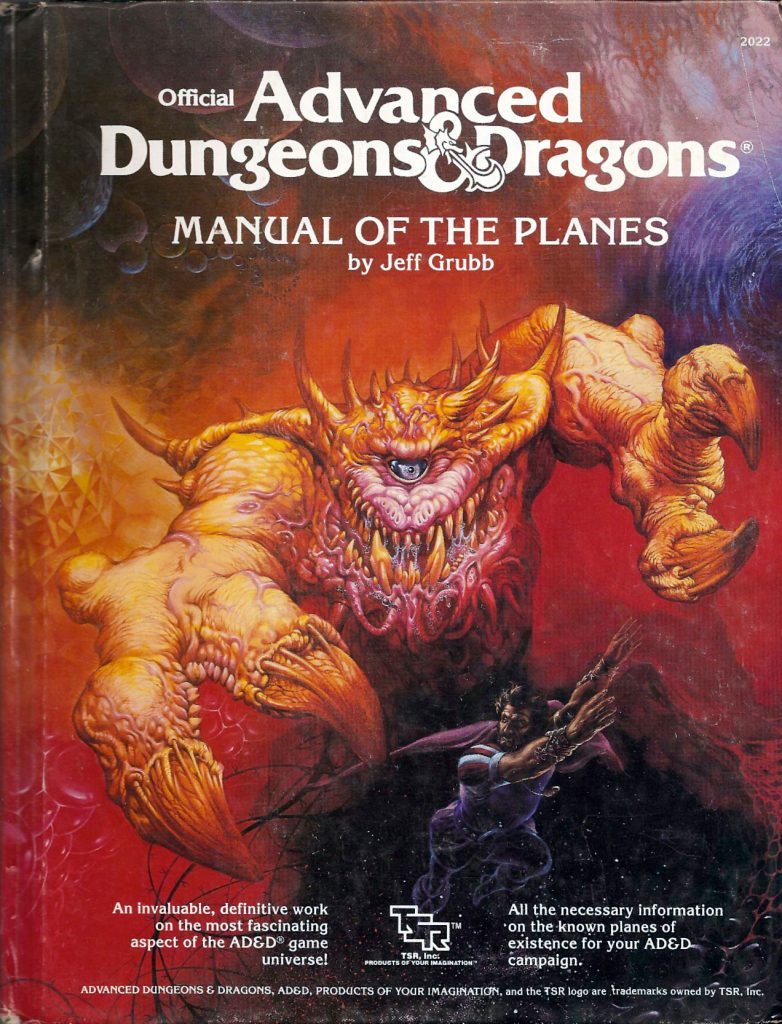
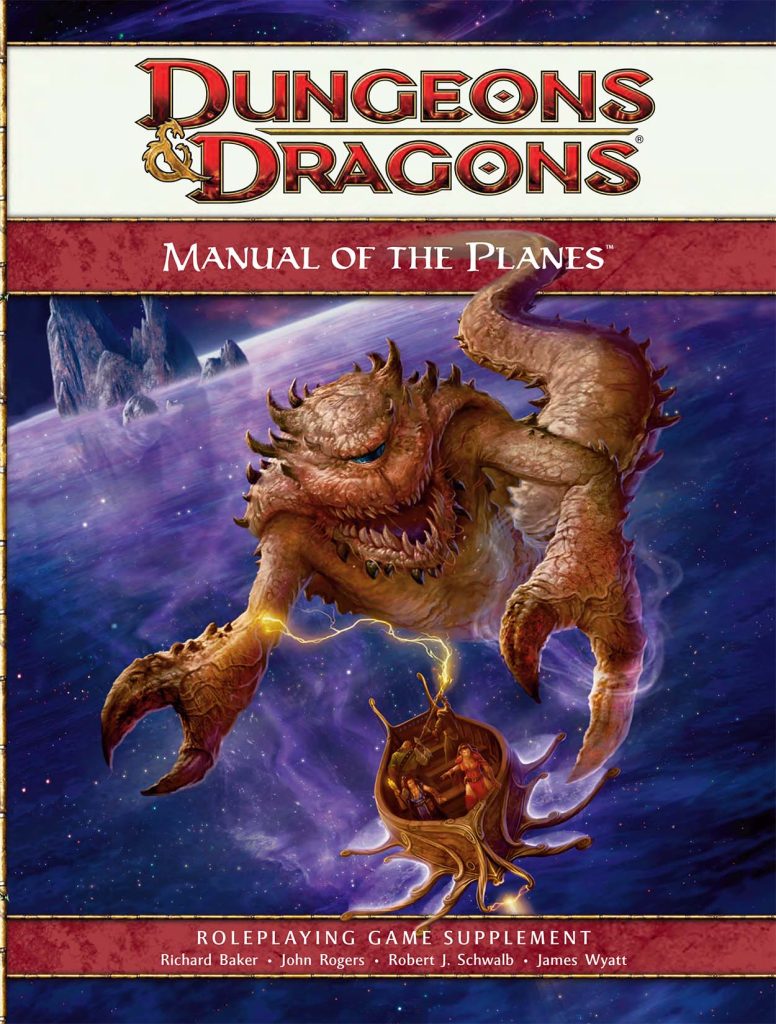
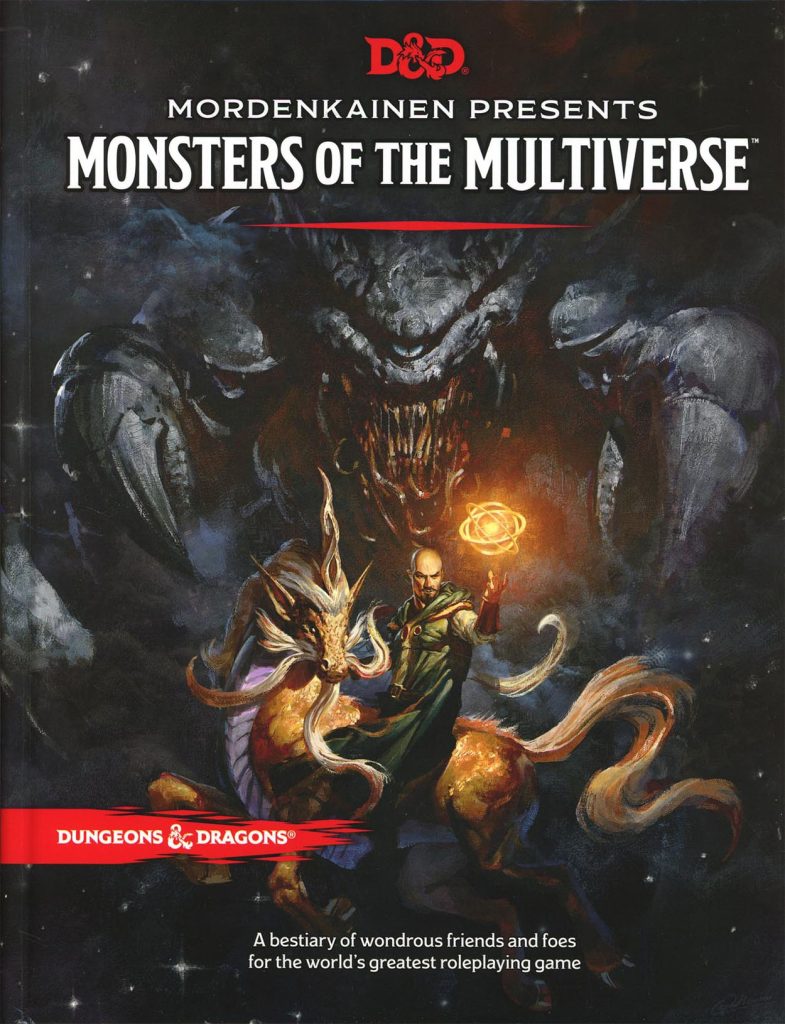
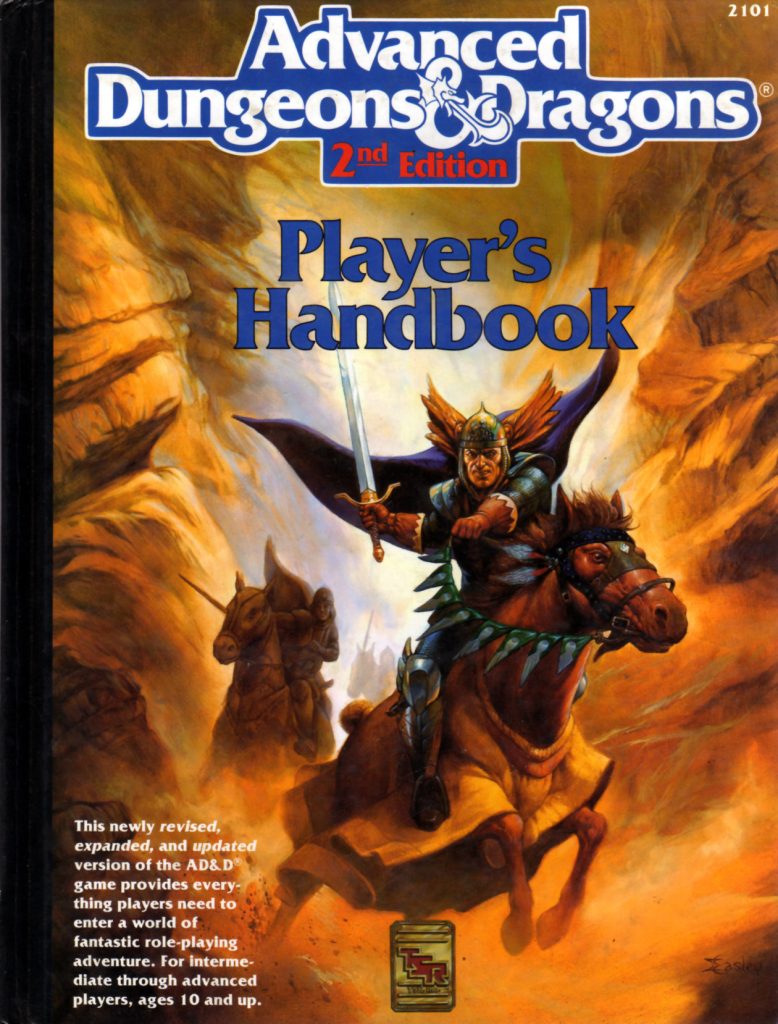
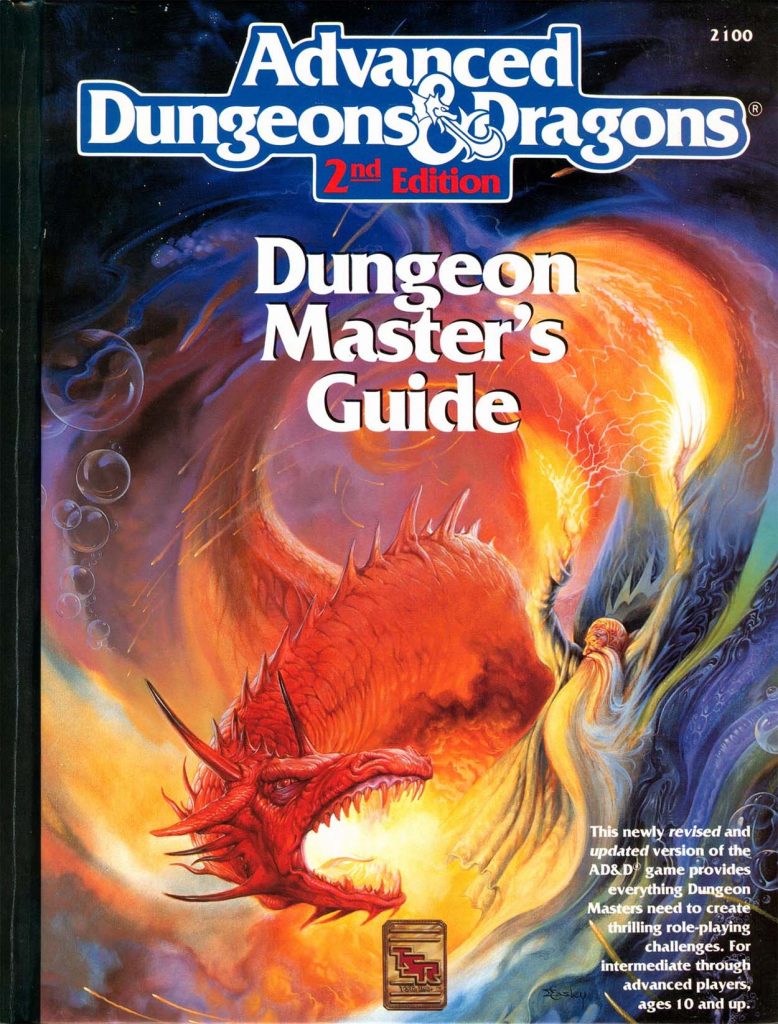
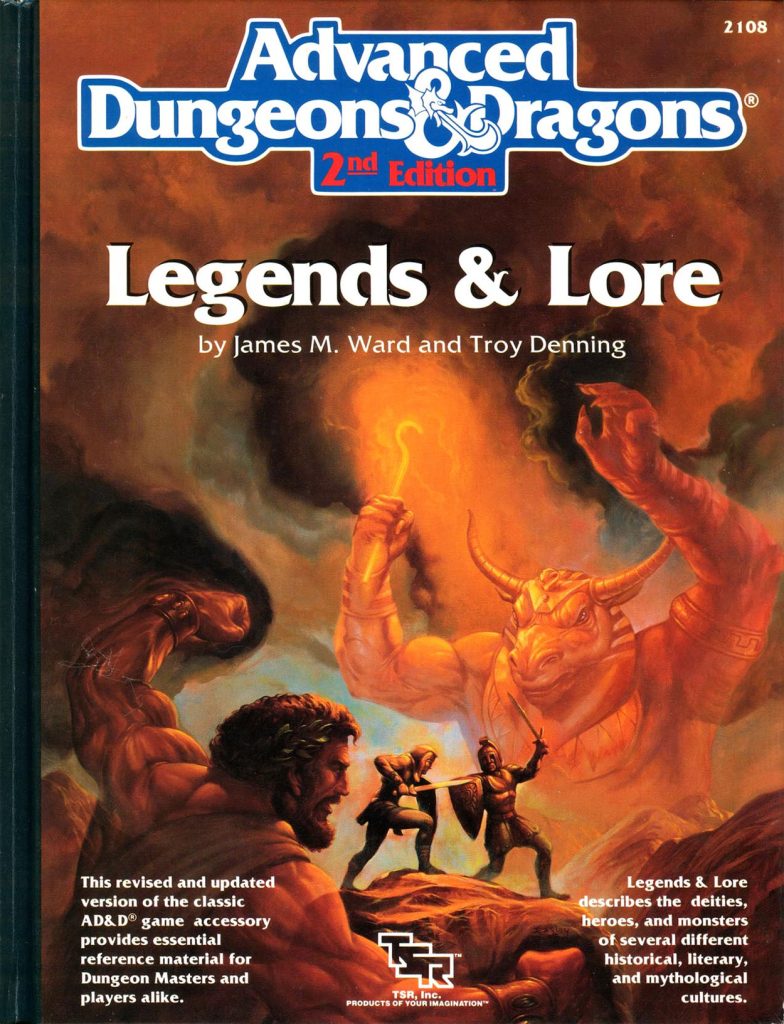
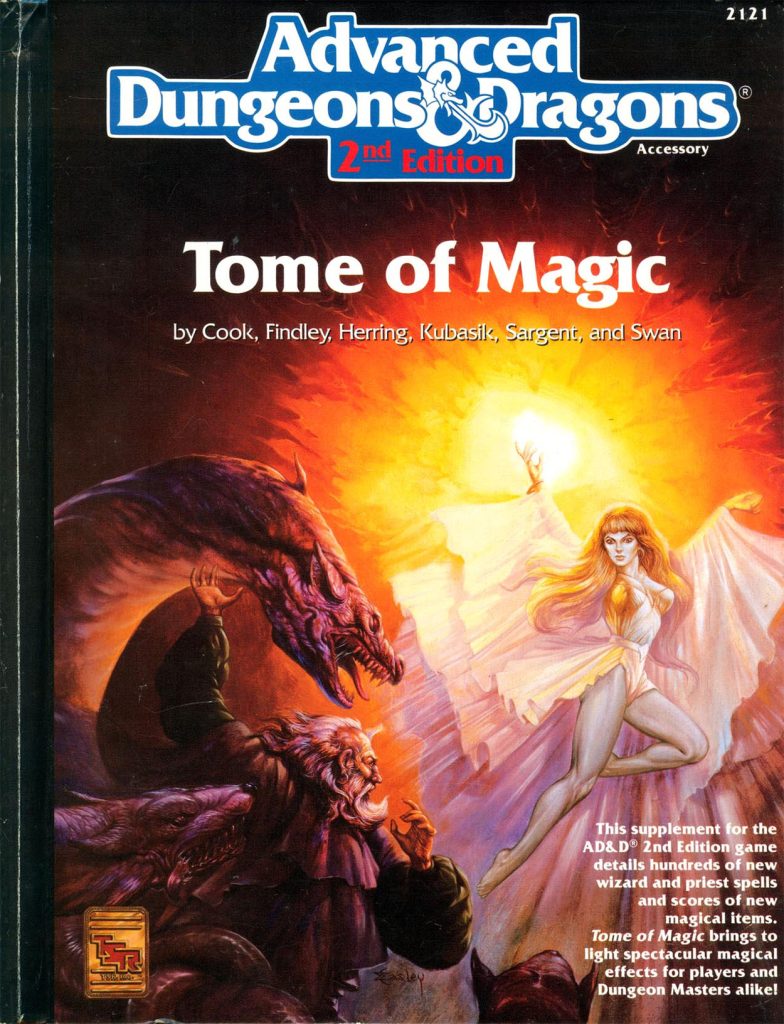
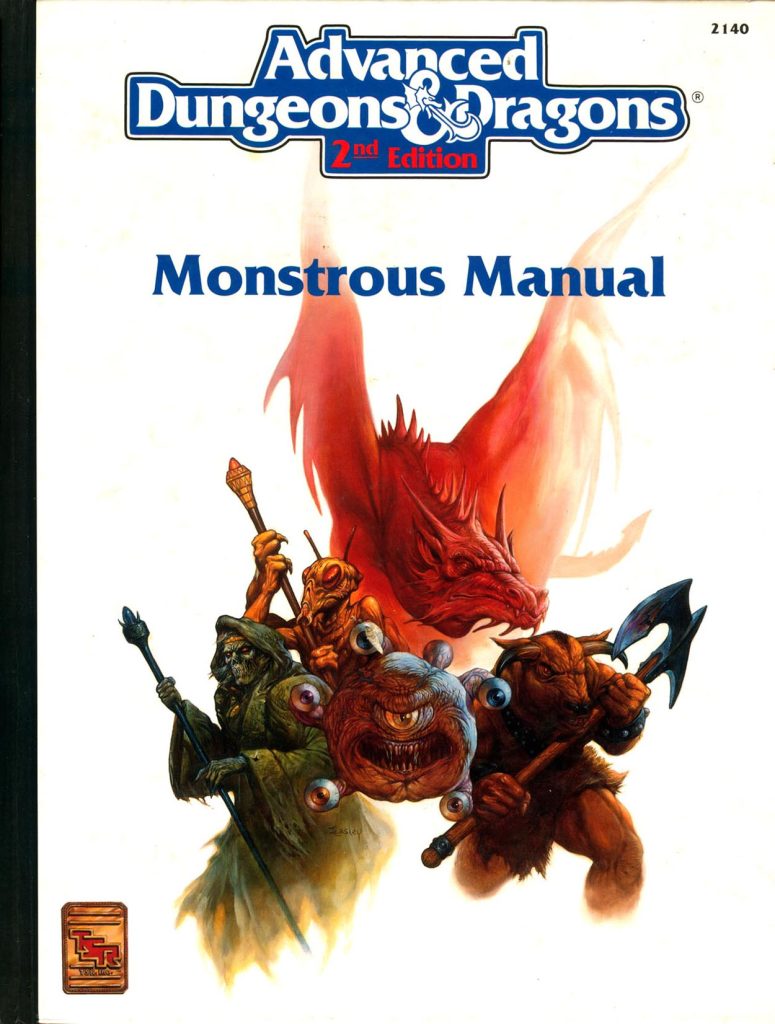
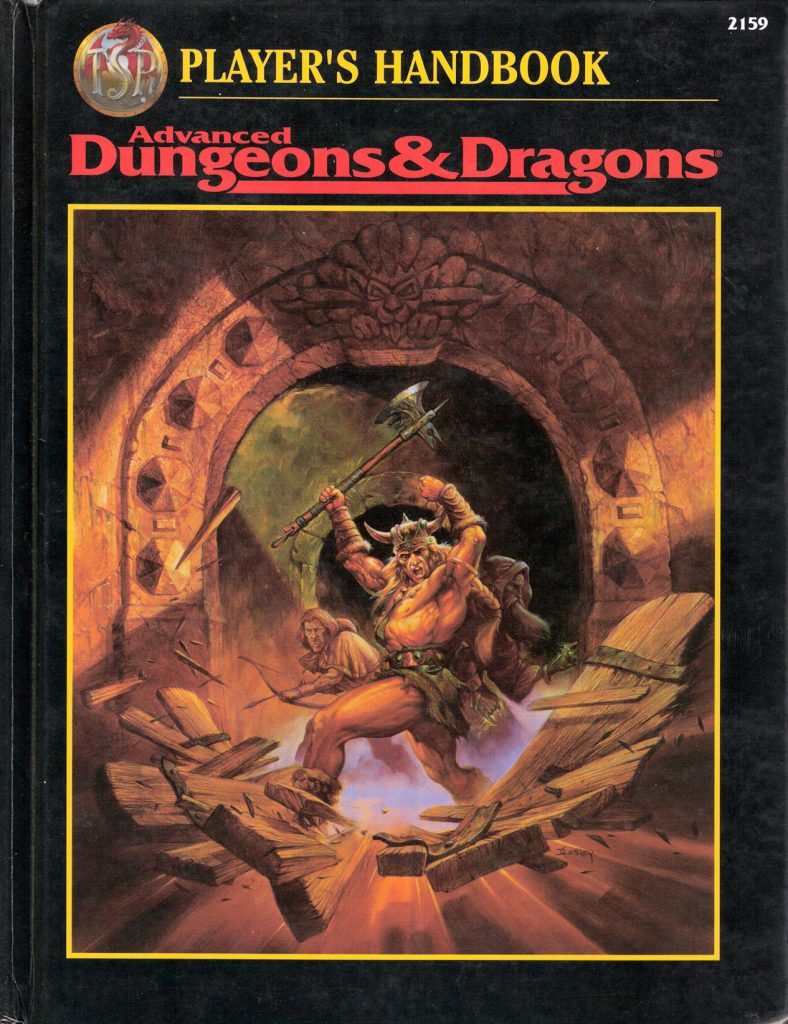
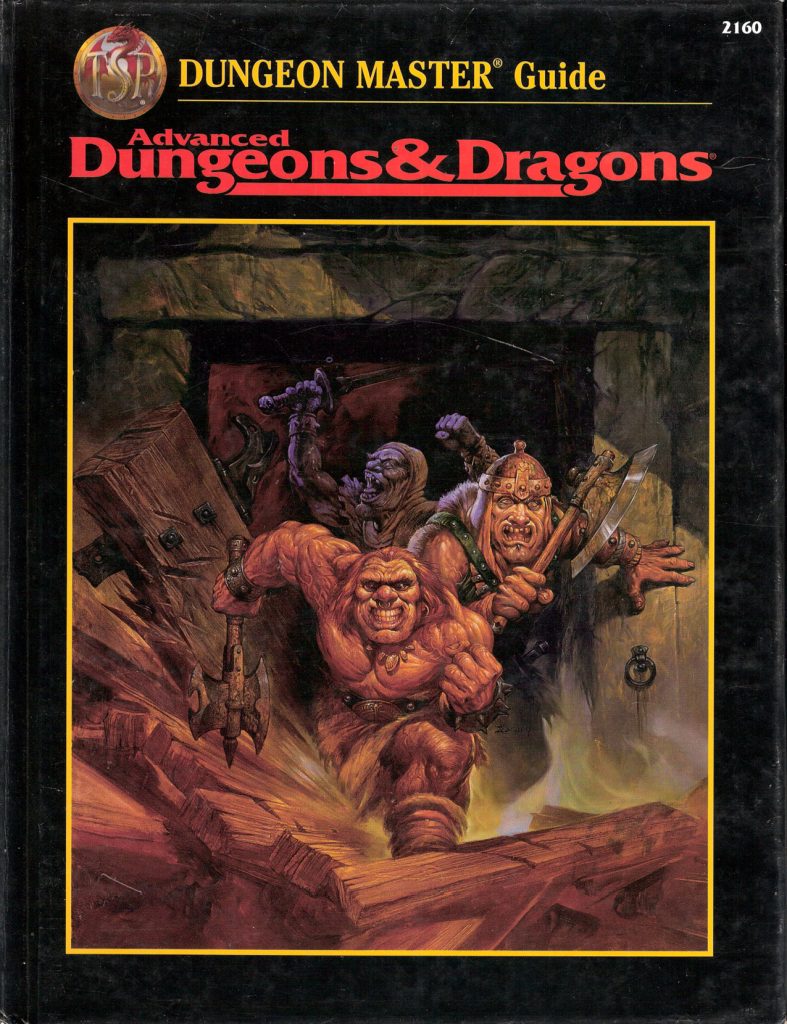
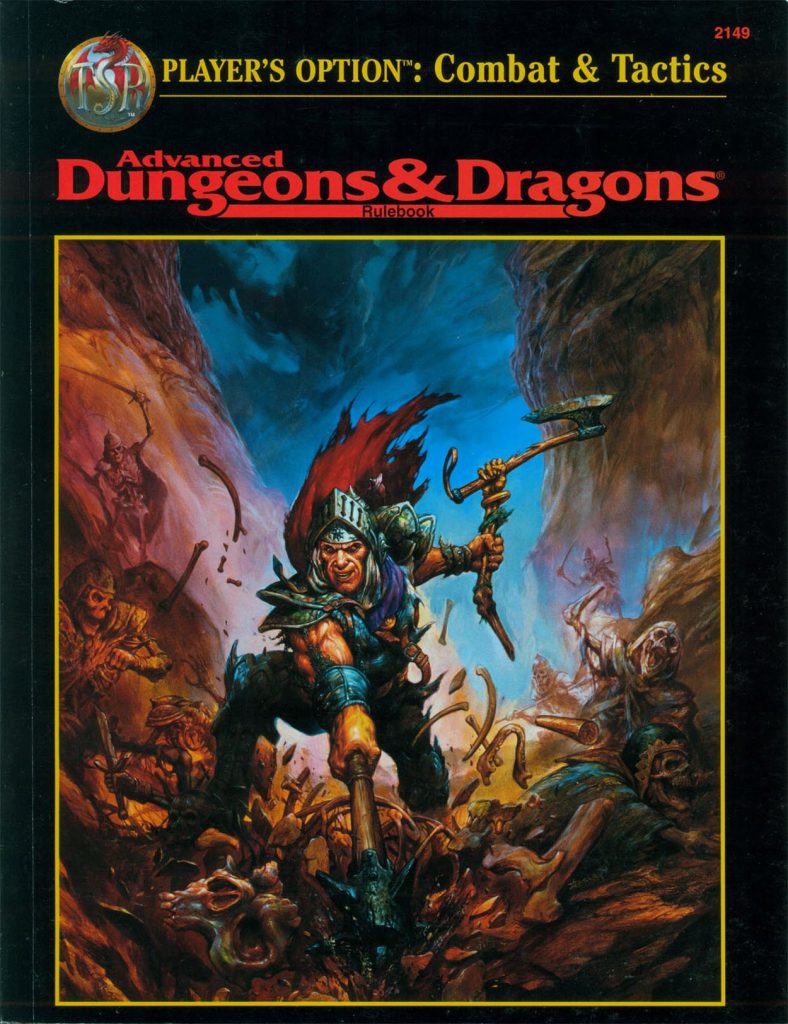
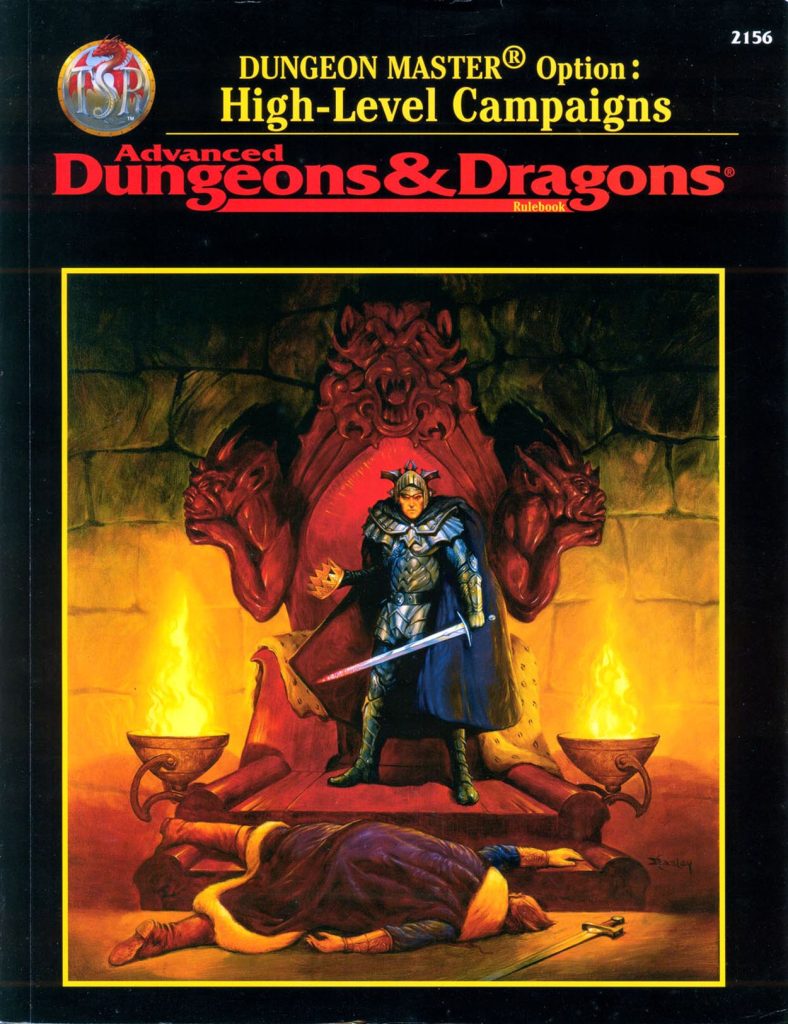
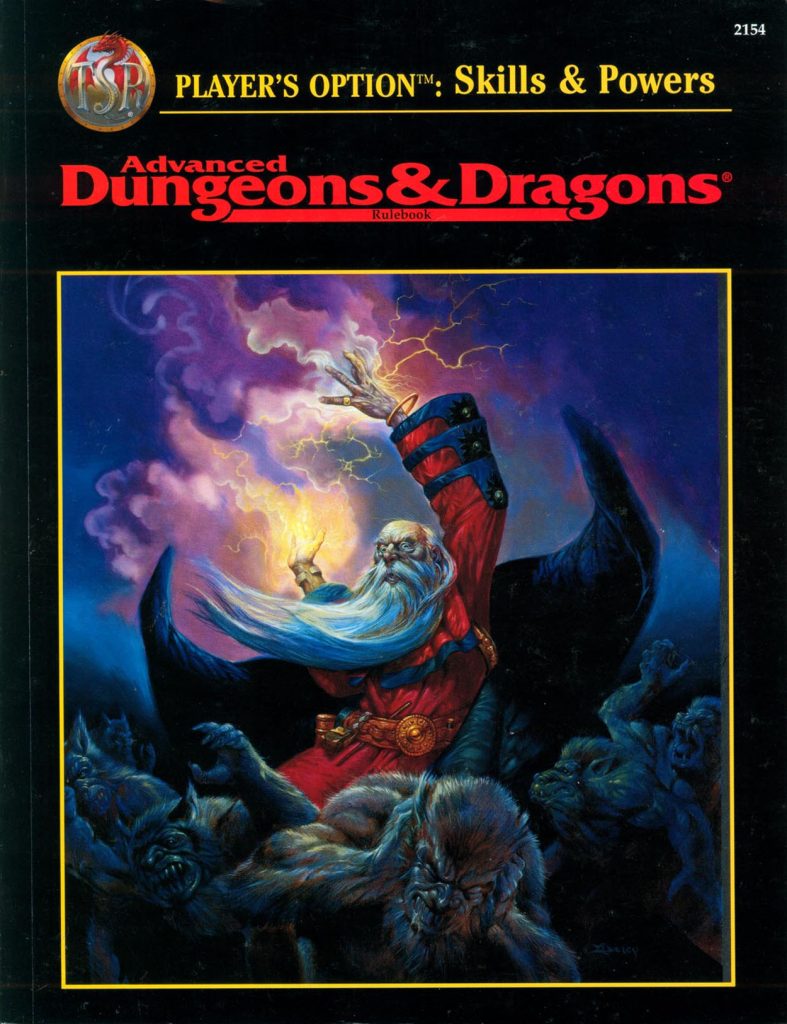
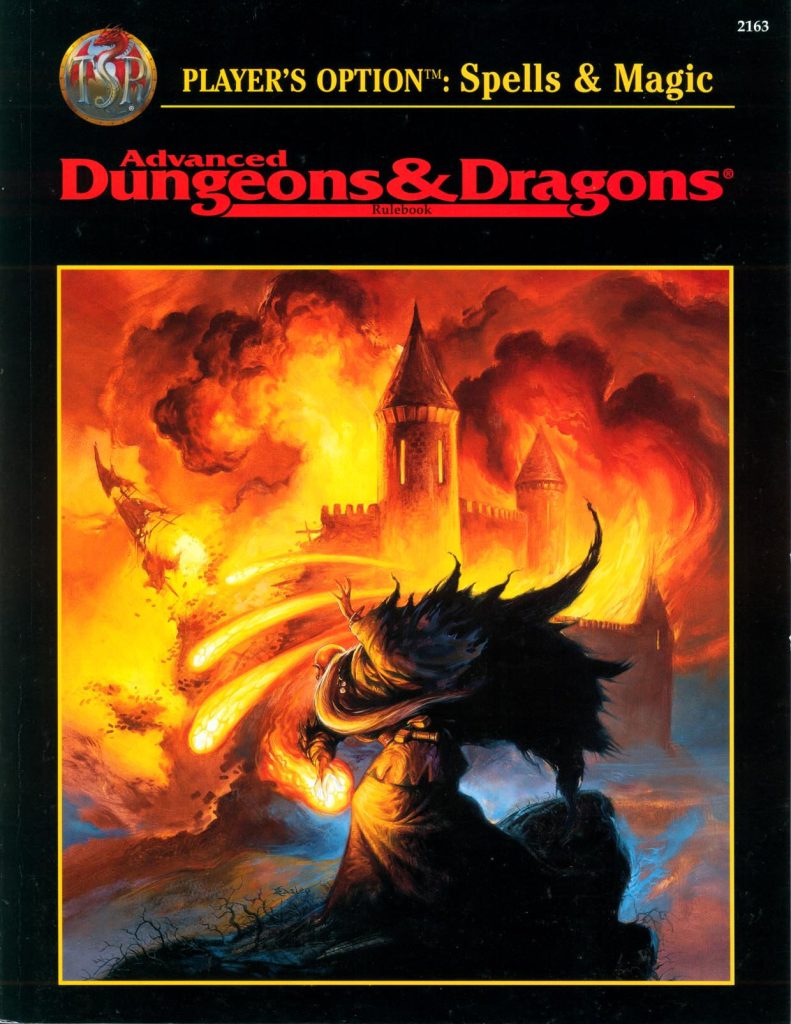

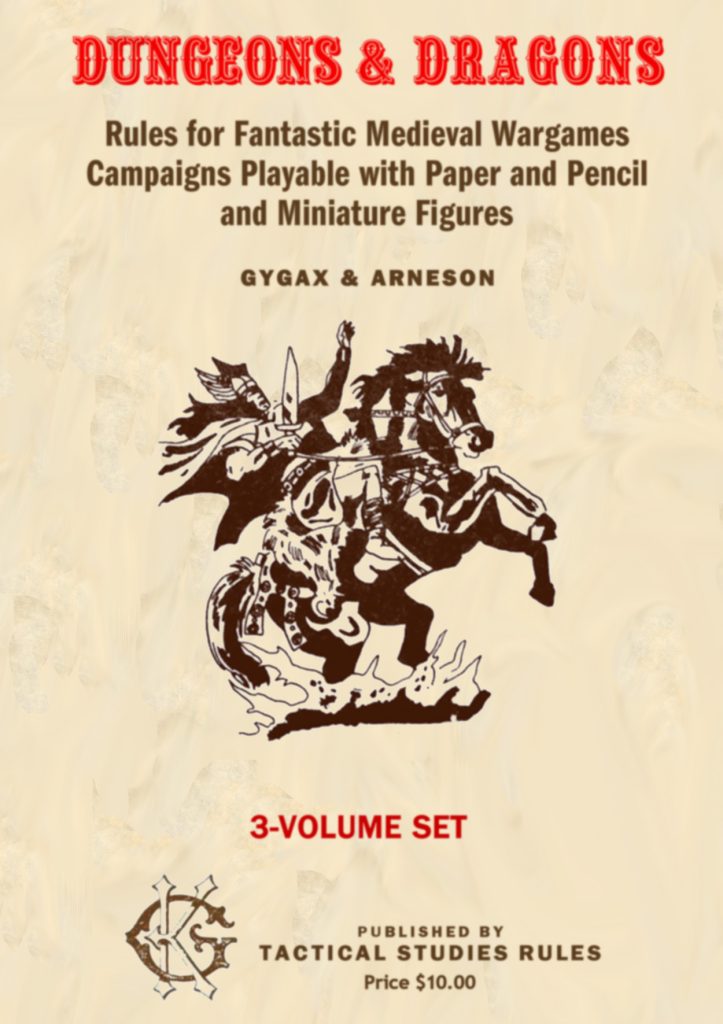
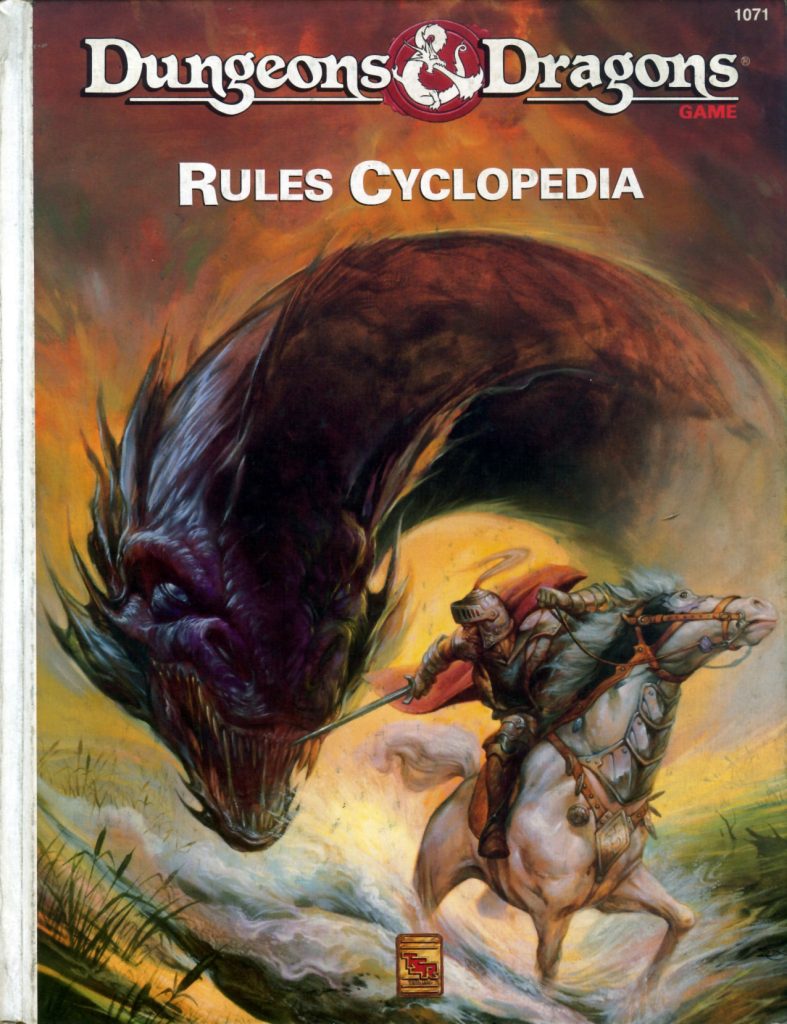
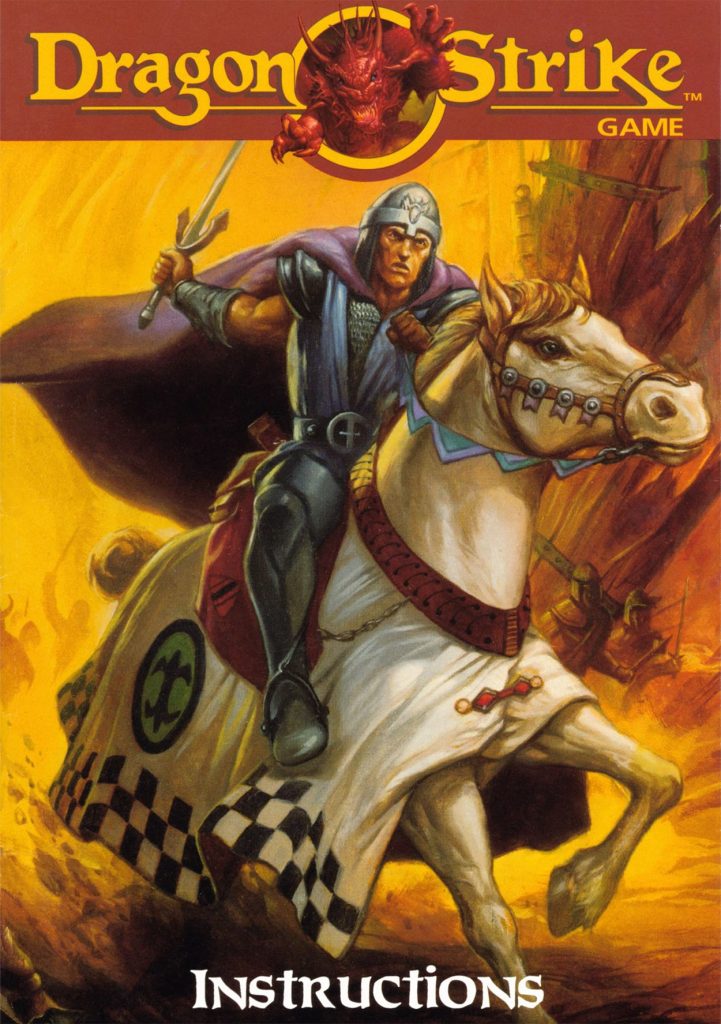
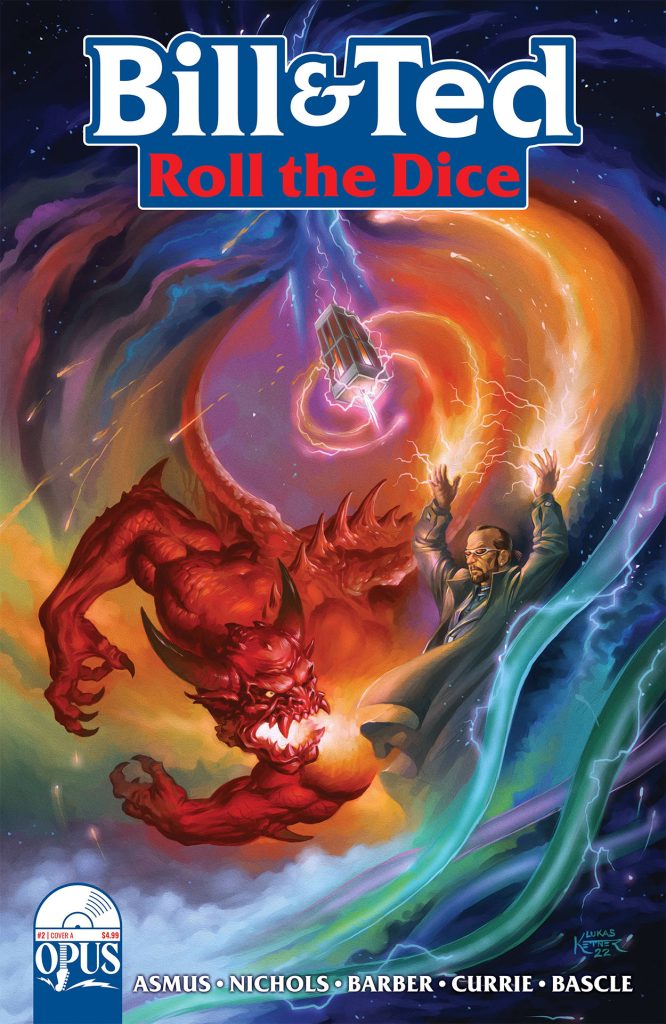
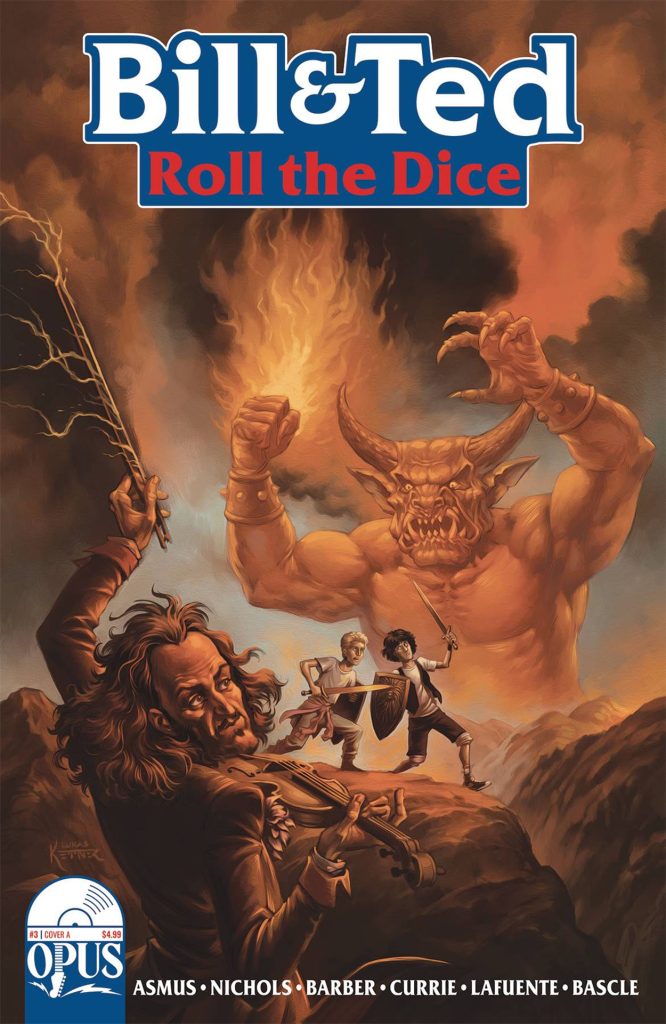
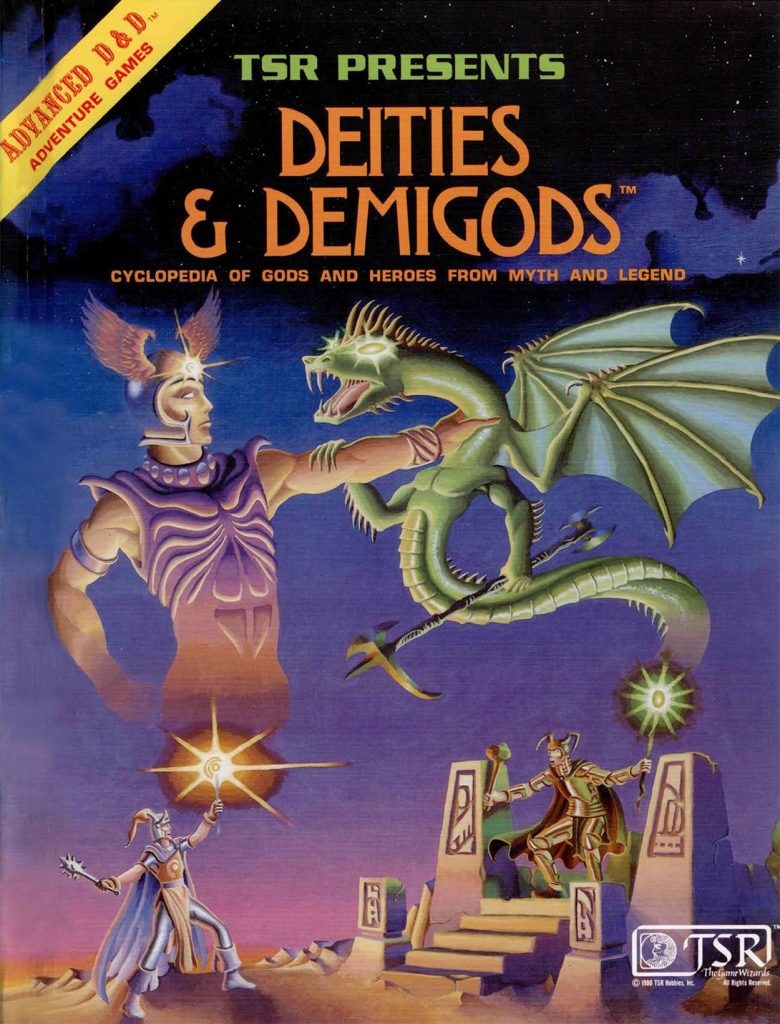
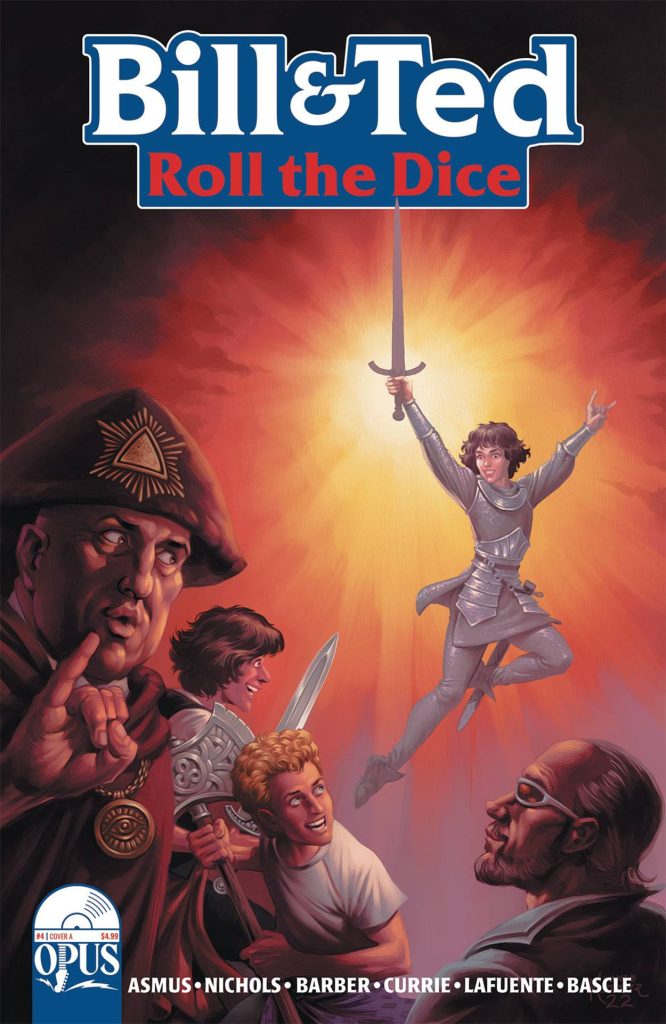
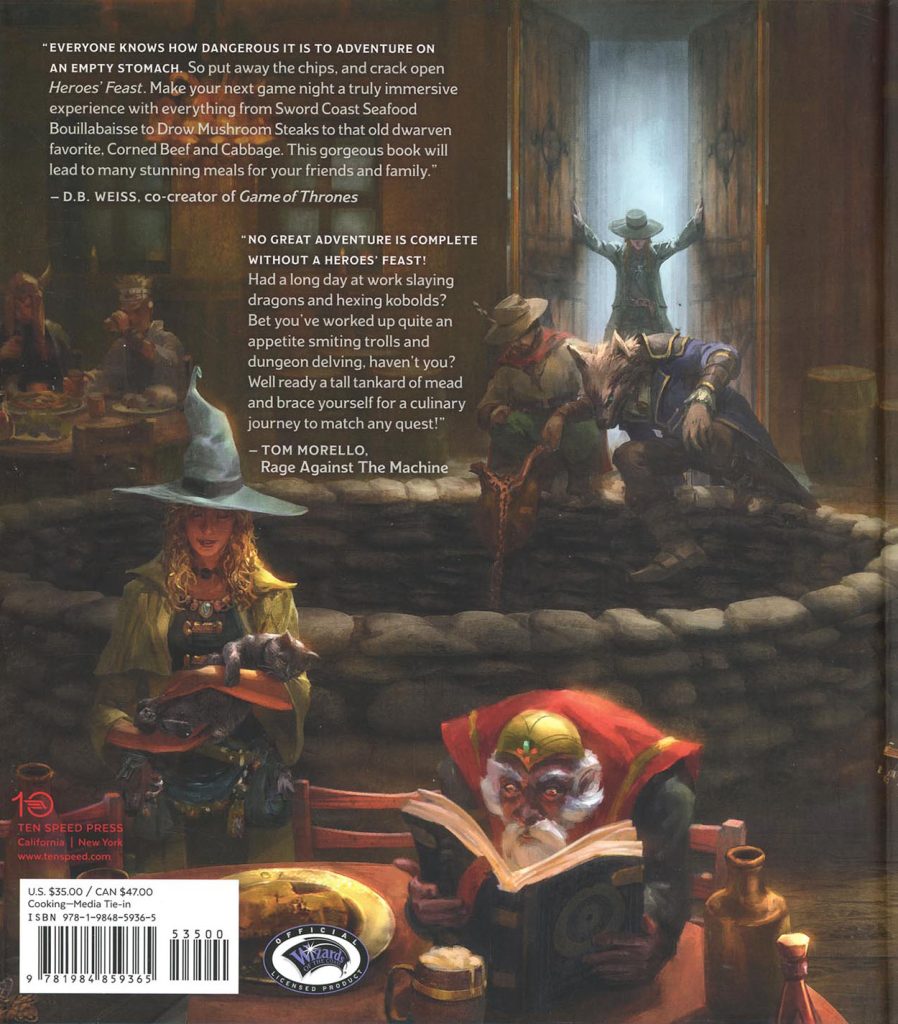
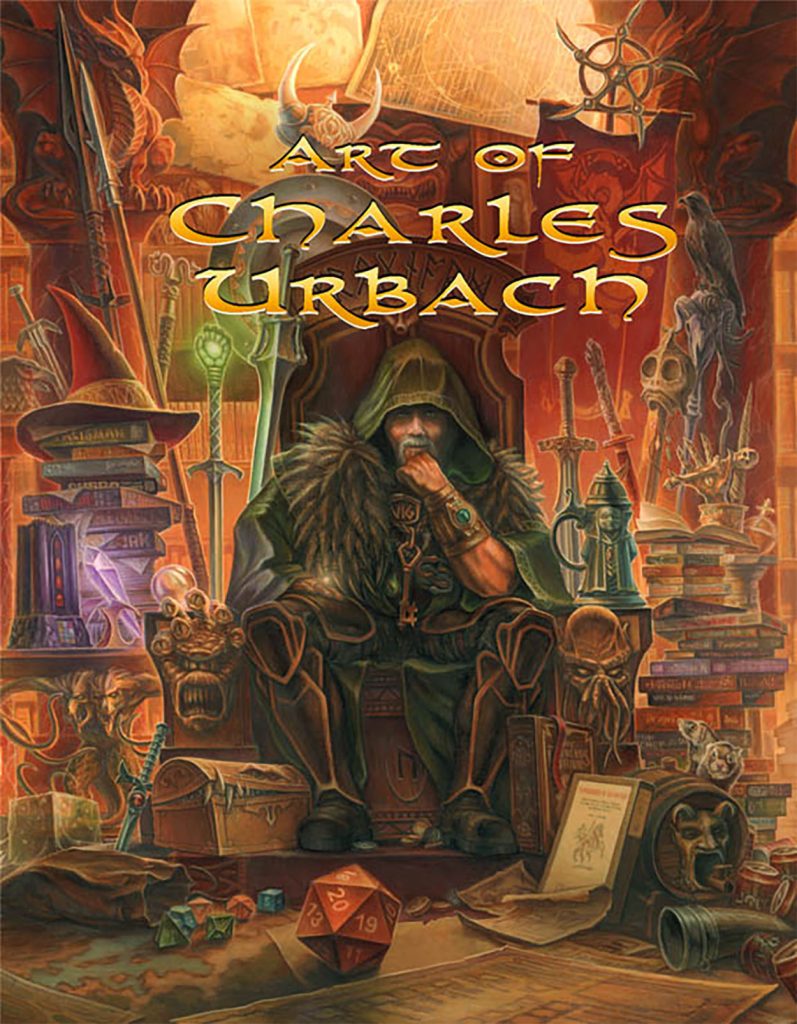
[…] Shannon (2025 Jun 8) Homaging the D&D Classics III: The Easley AD&D Rules. https://www.designers-and-dragons.com/2025/06/08/homaging-the-dd-classics-iii-the-easley-add-rules. Visual legacies of D&D second […]